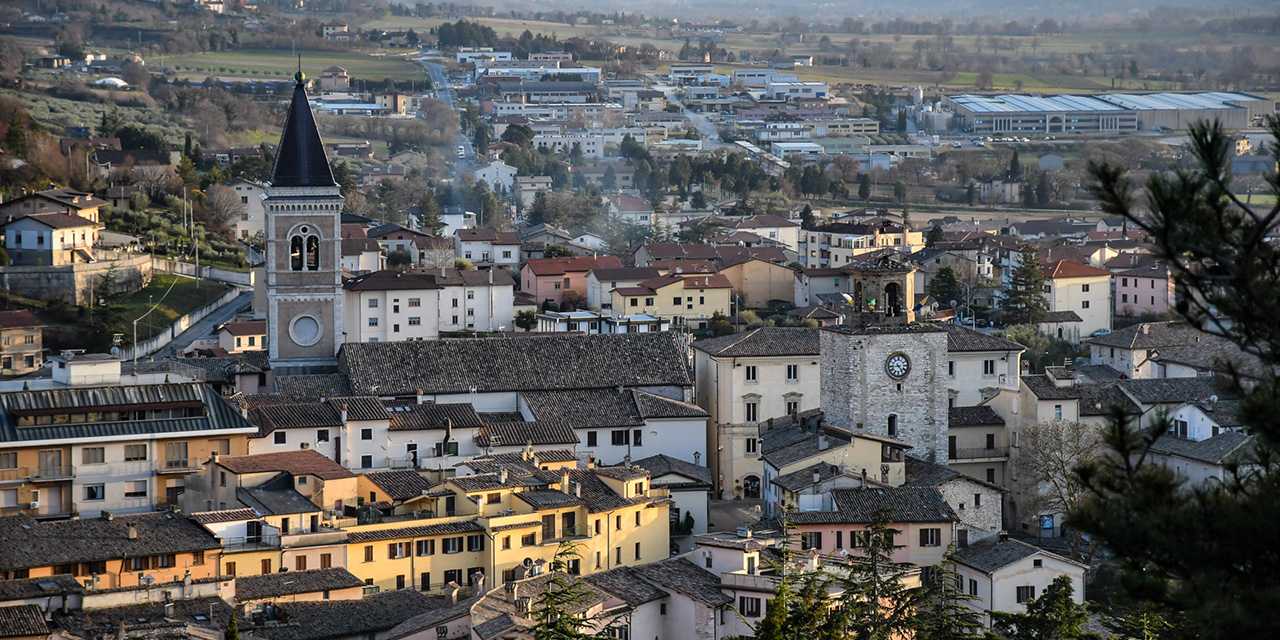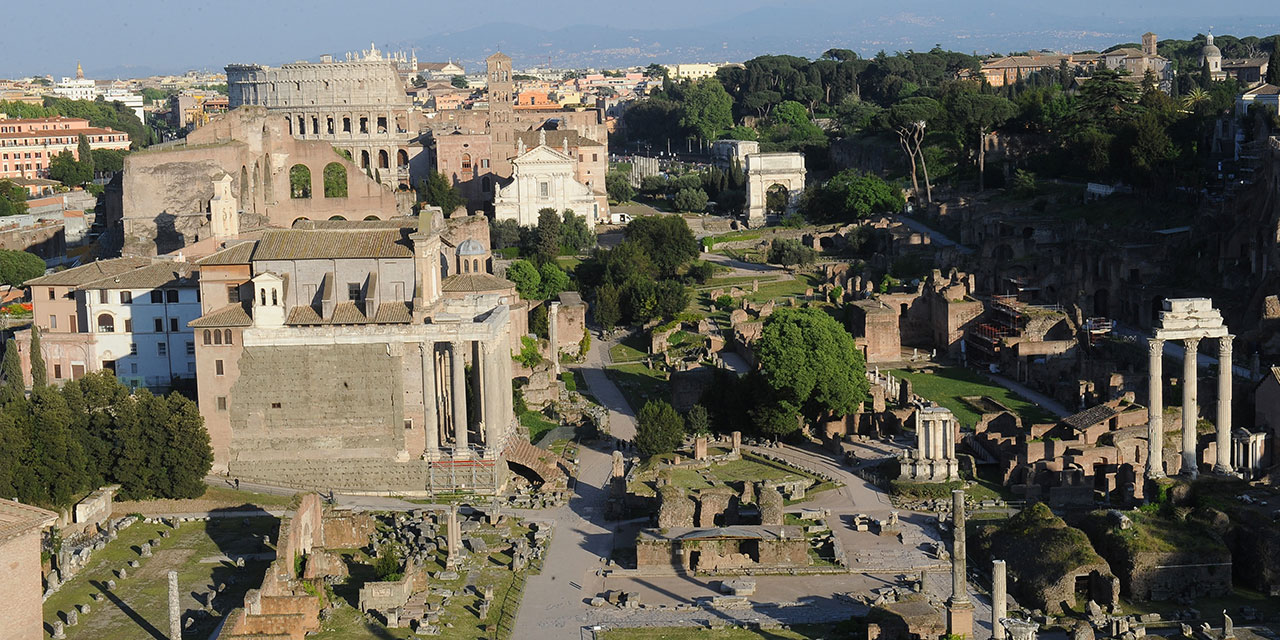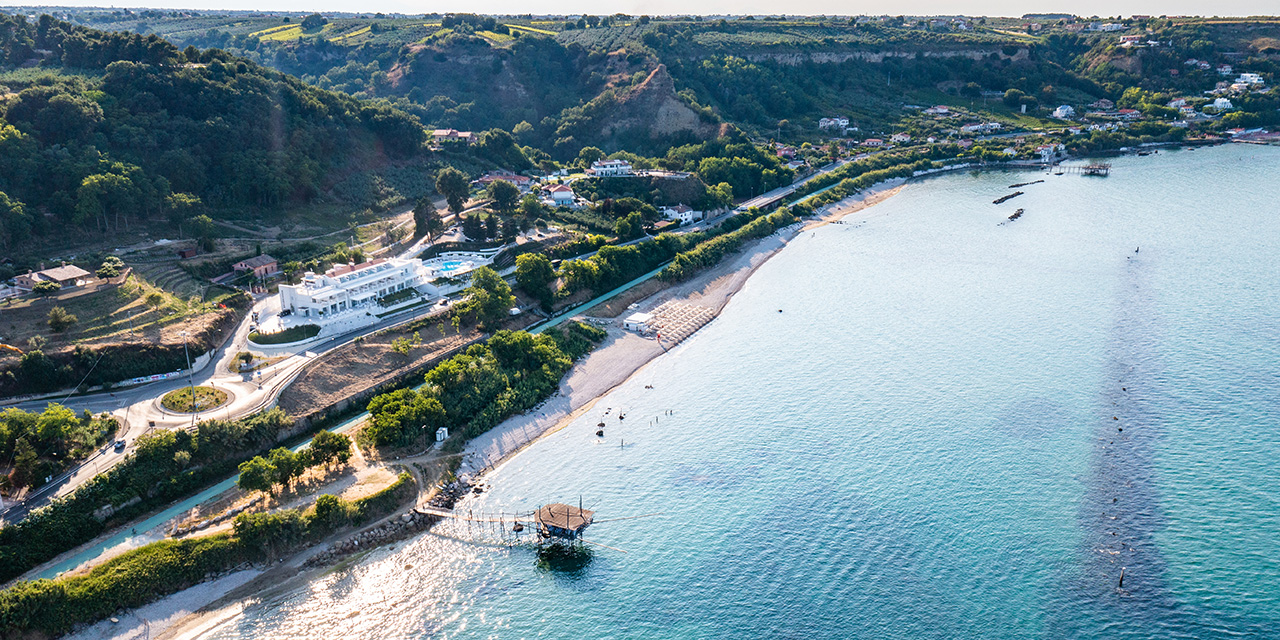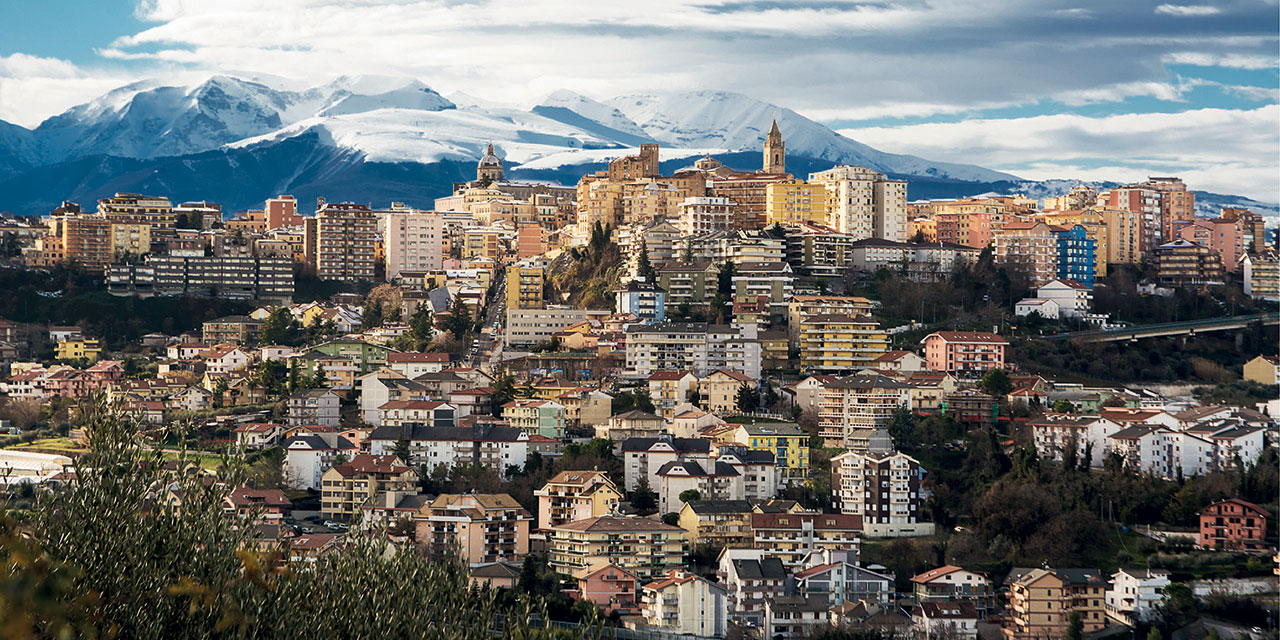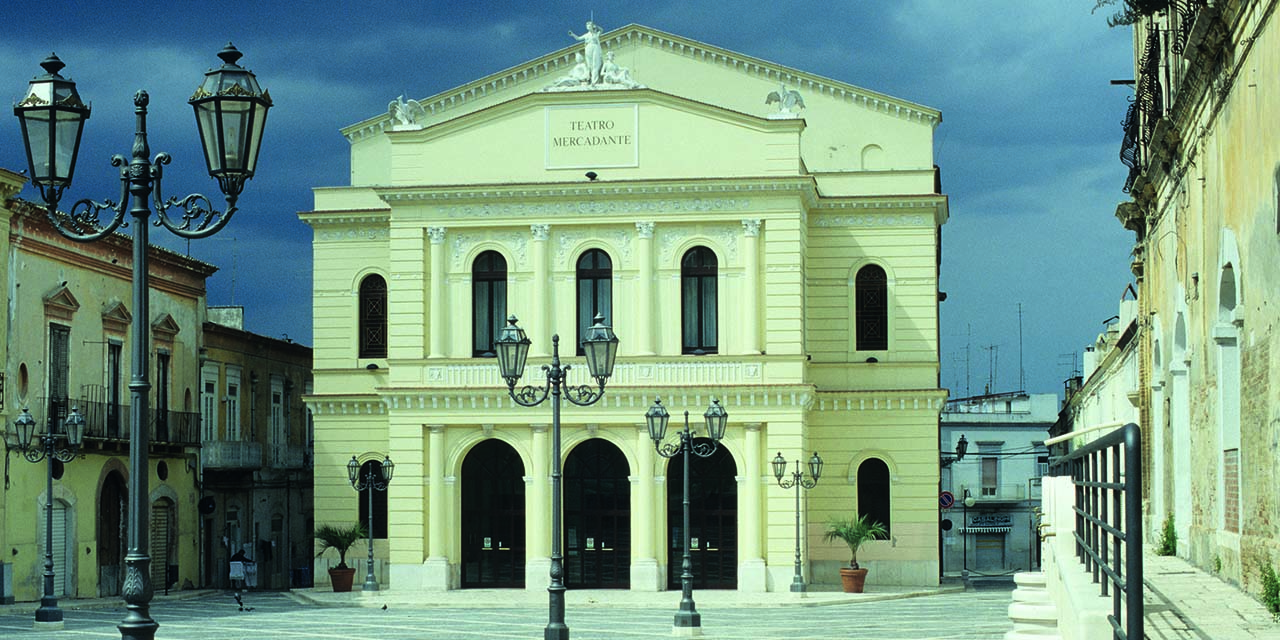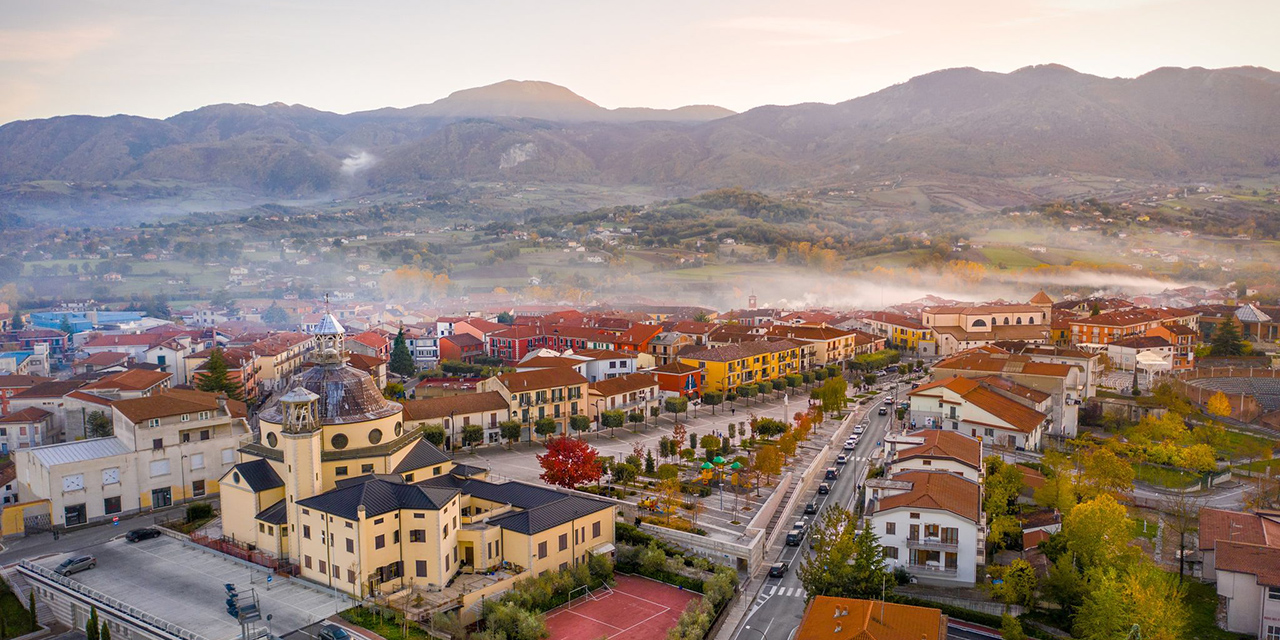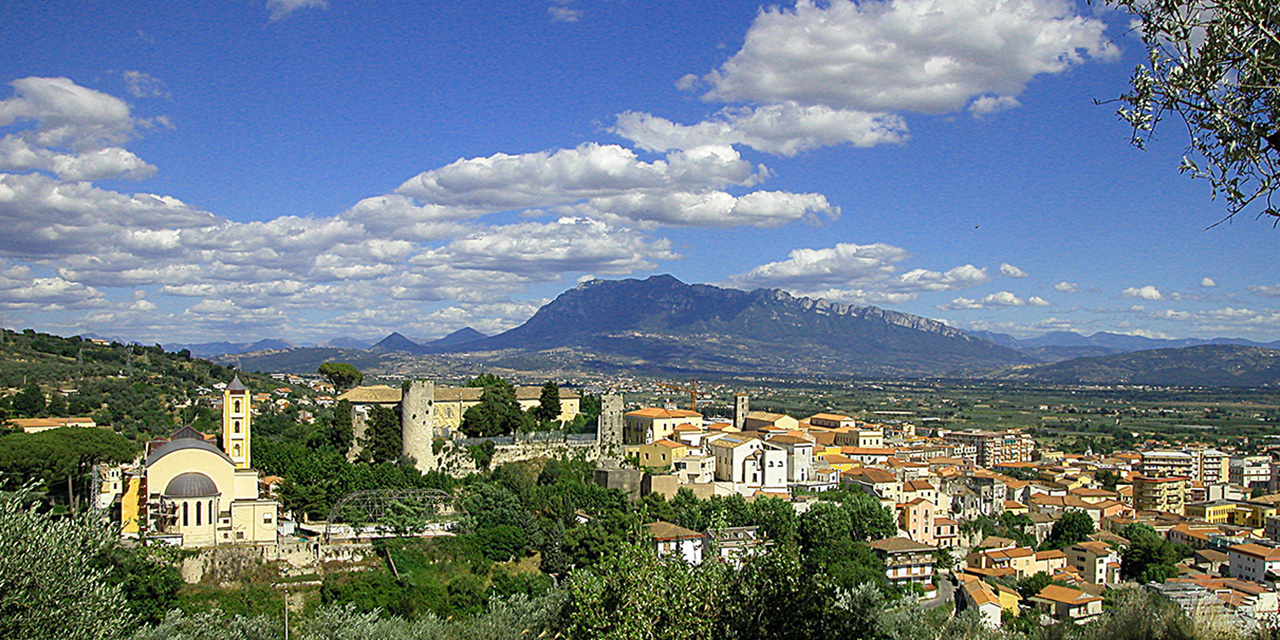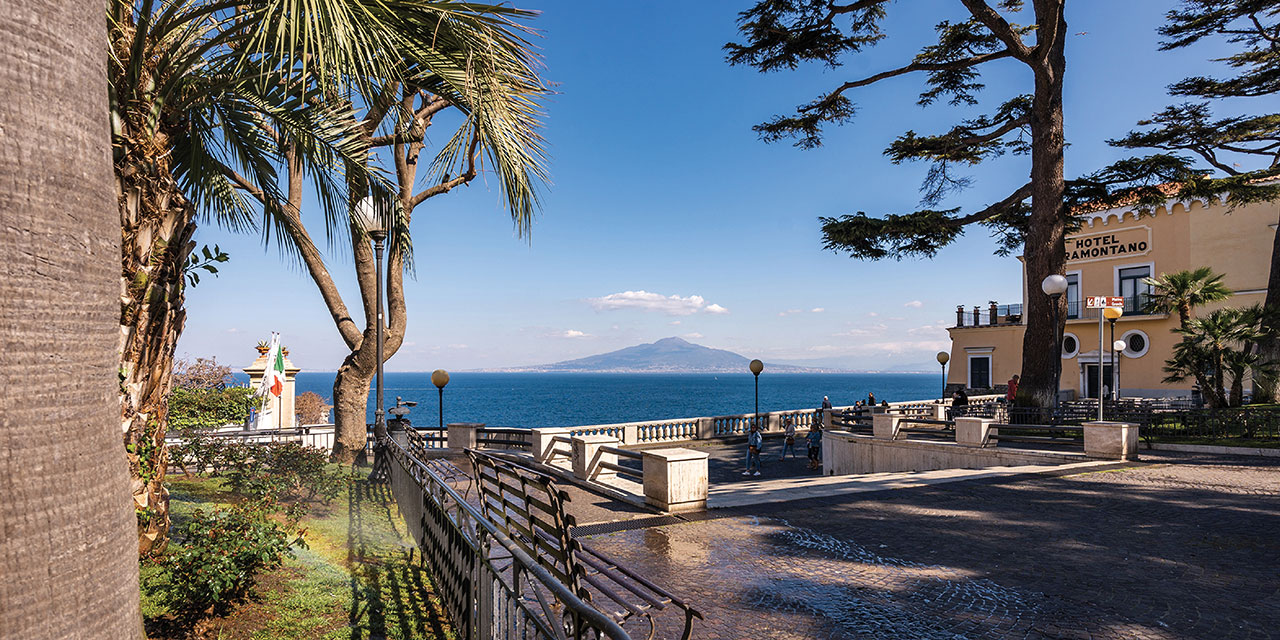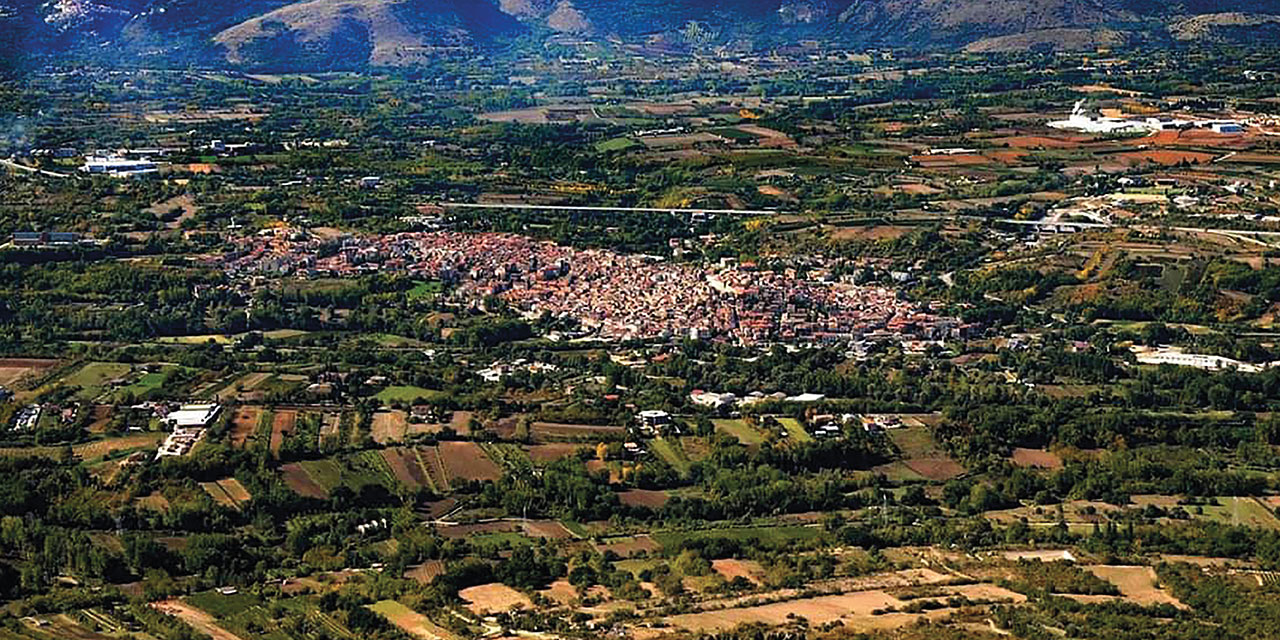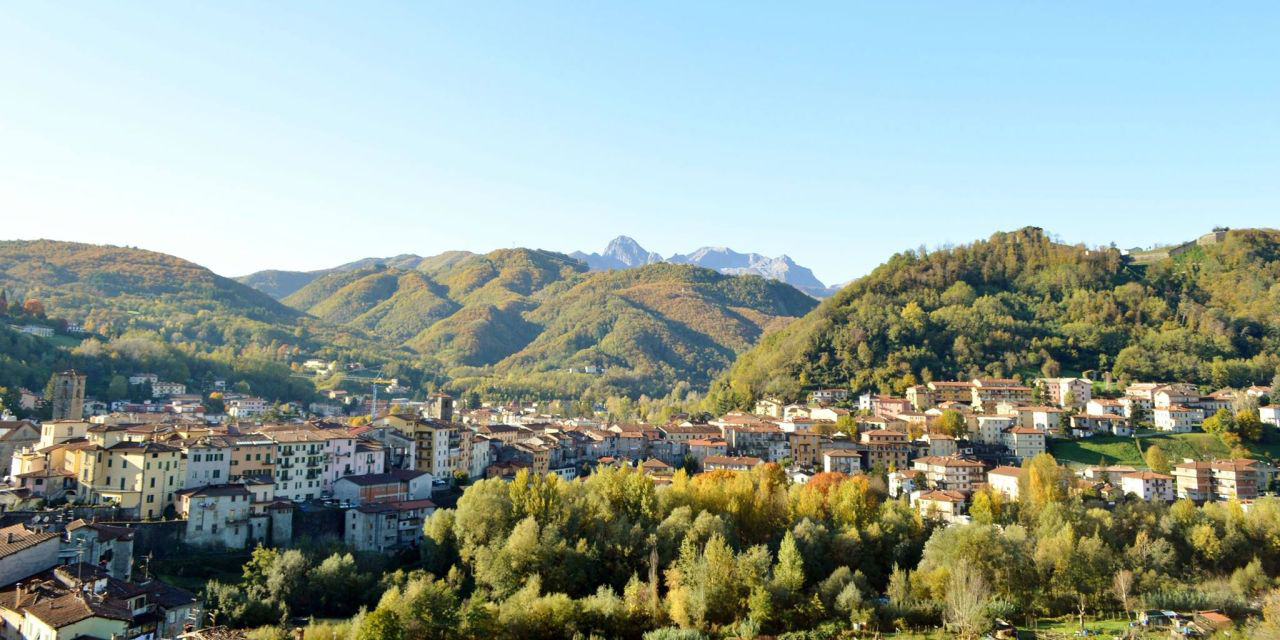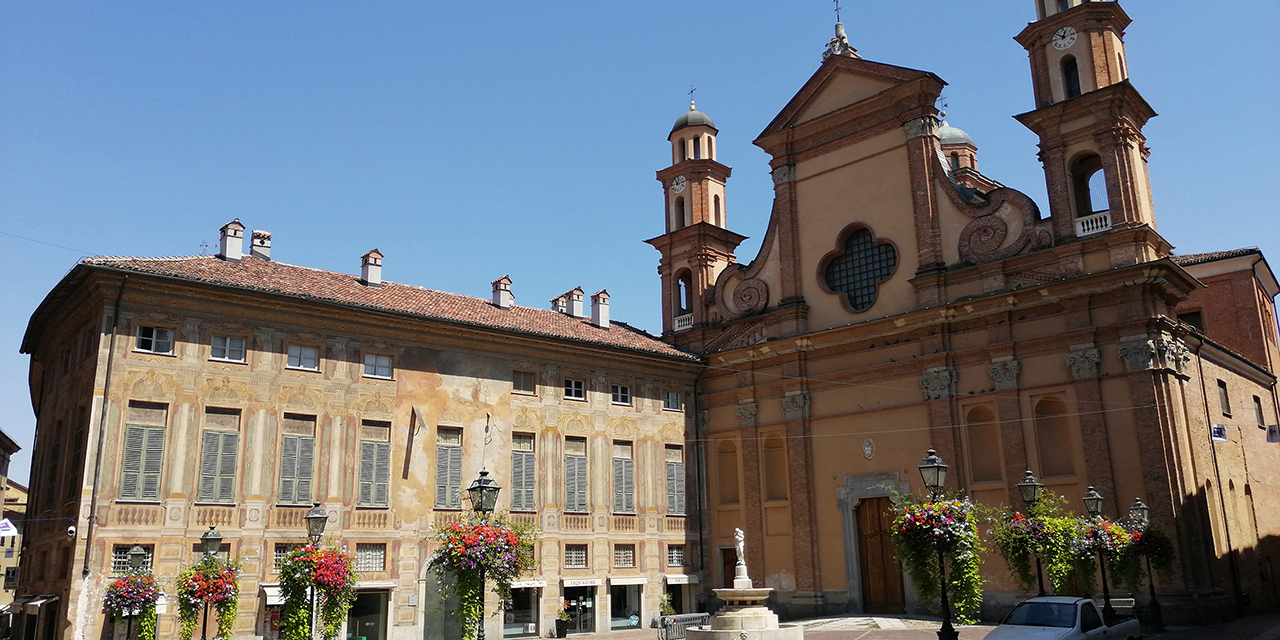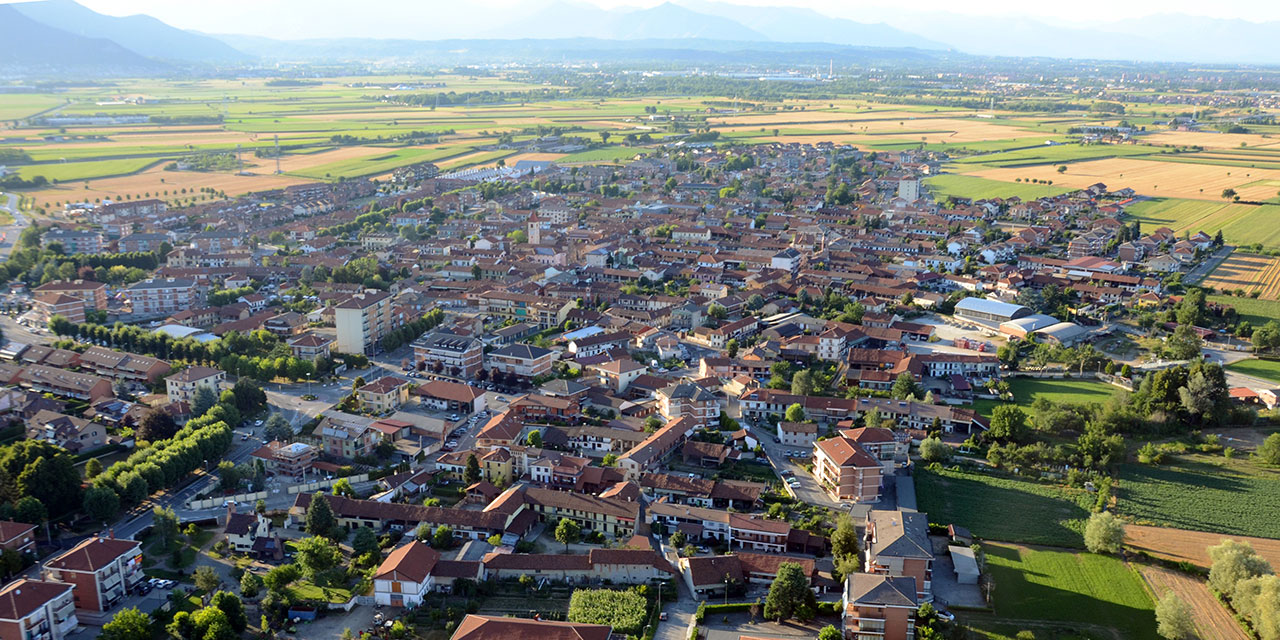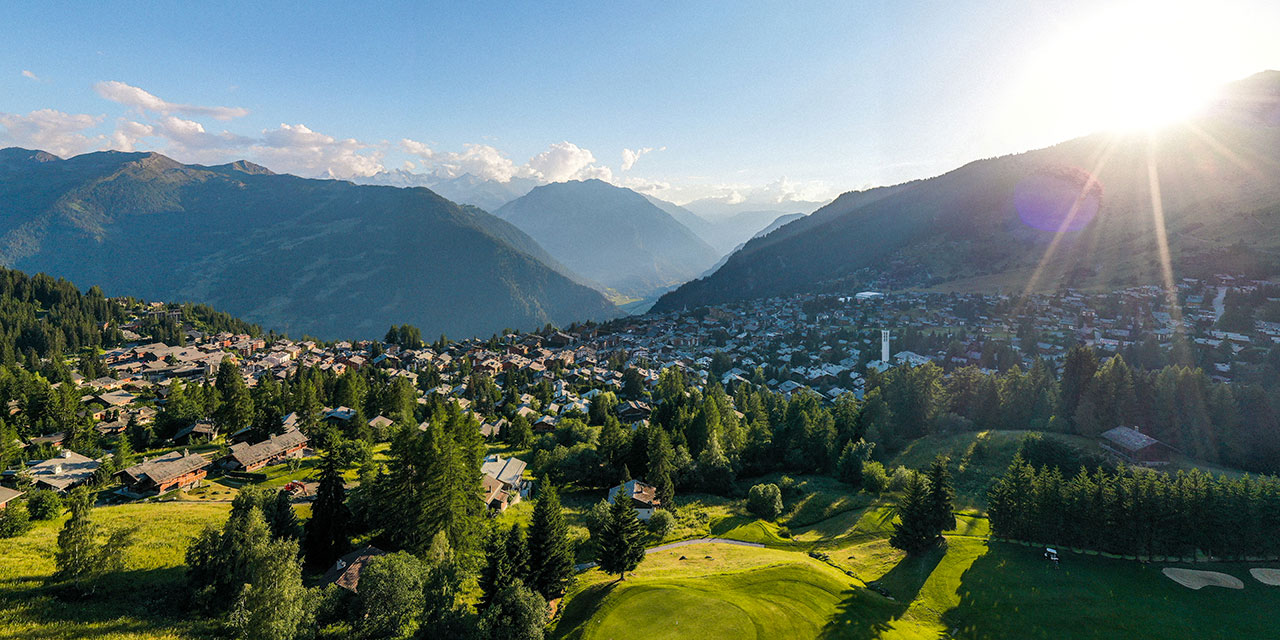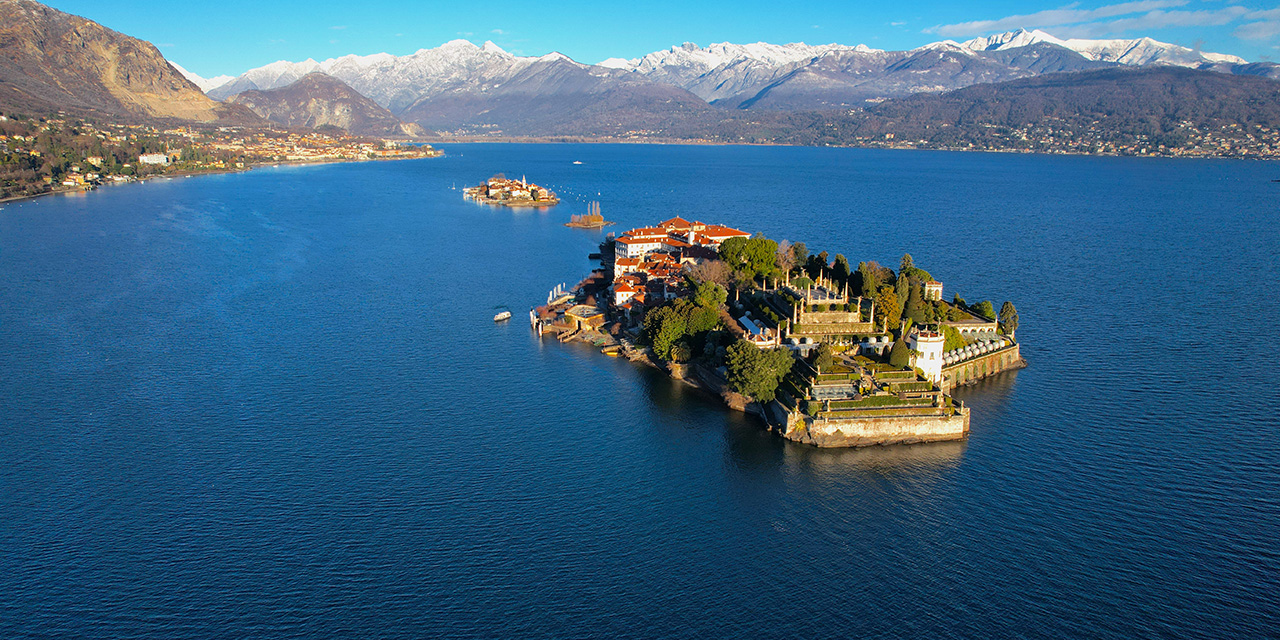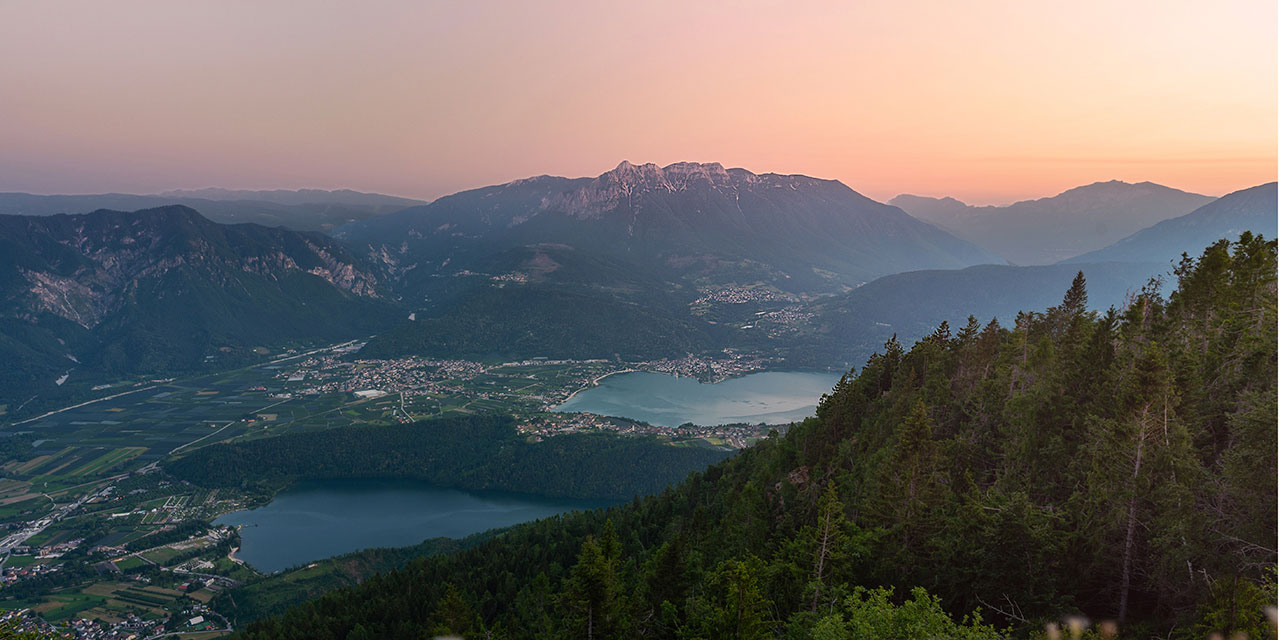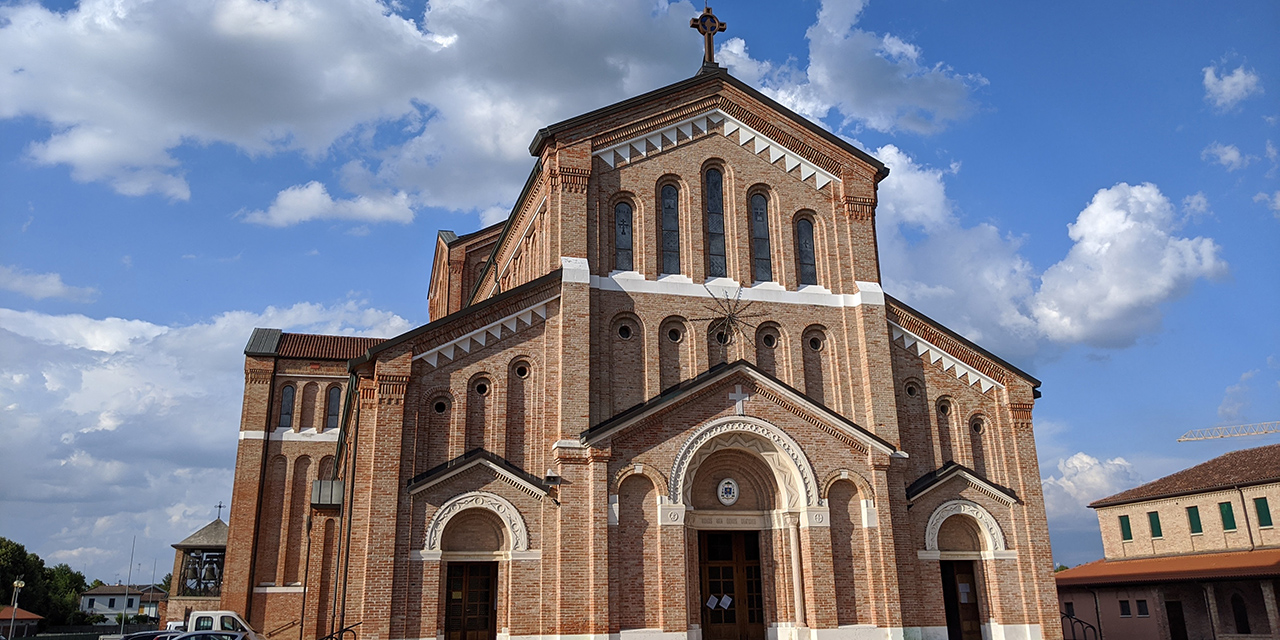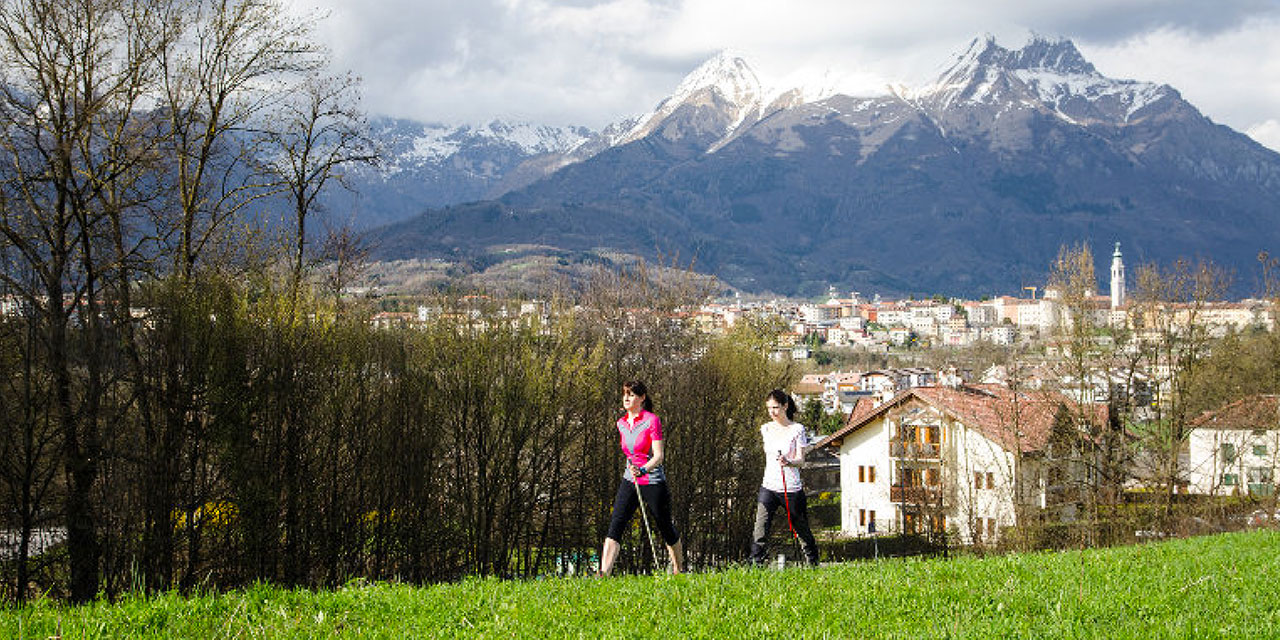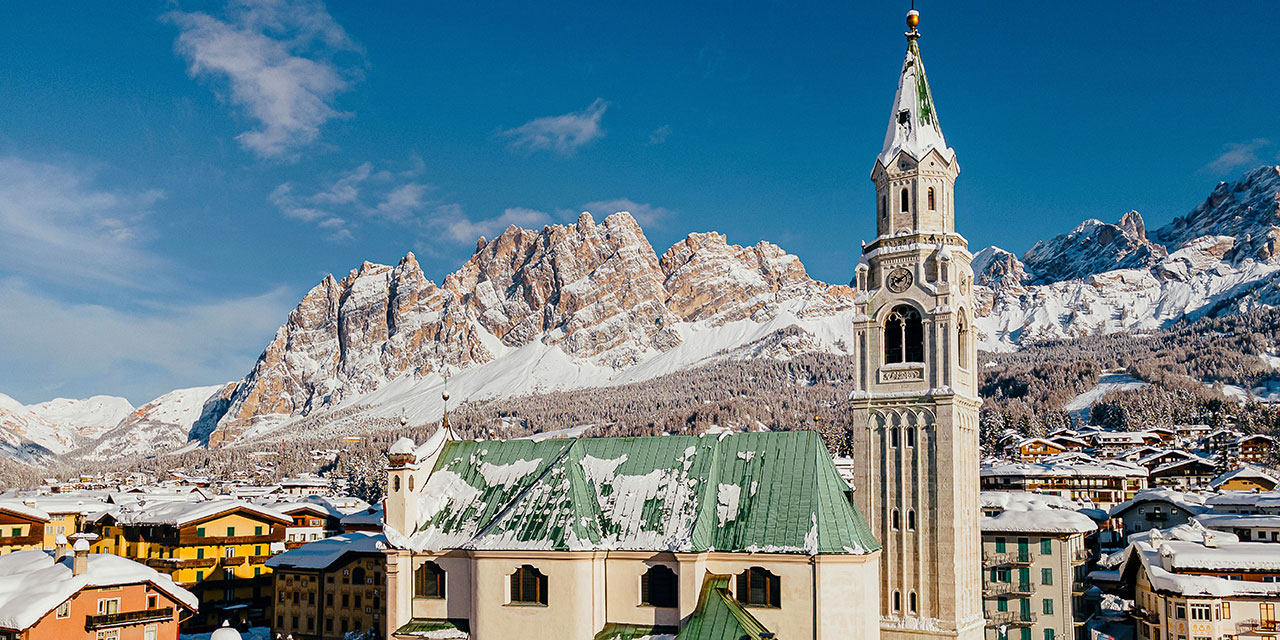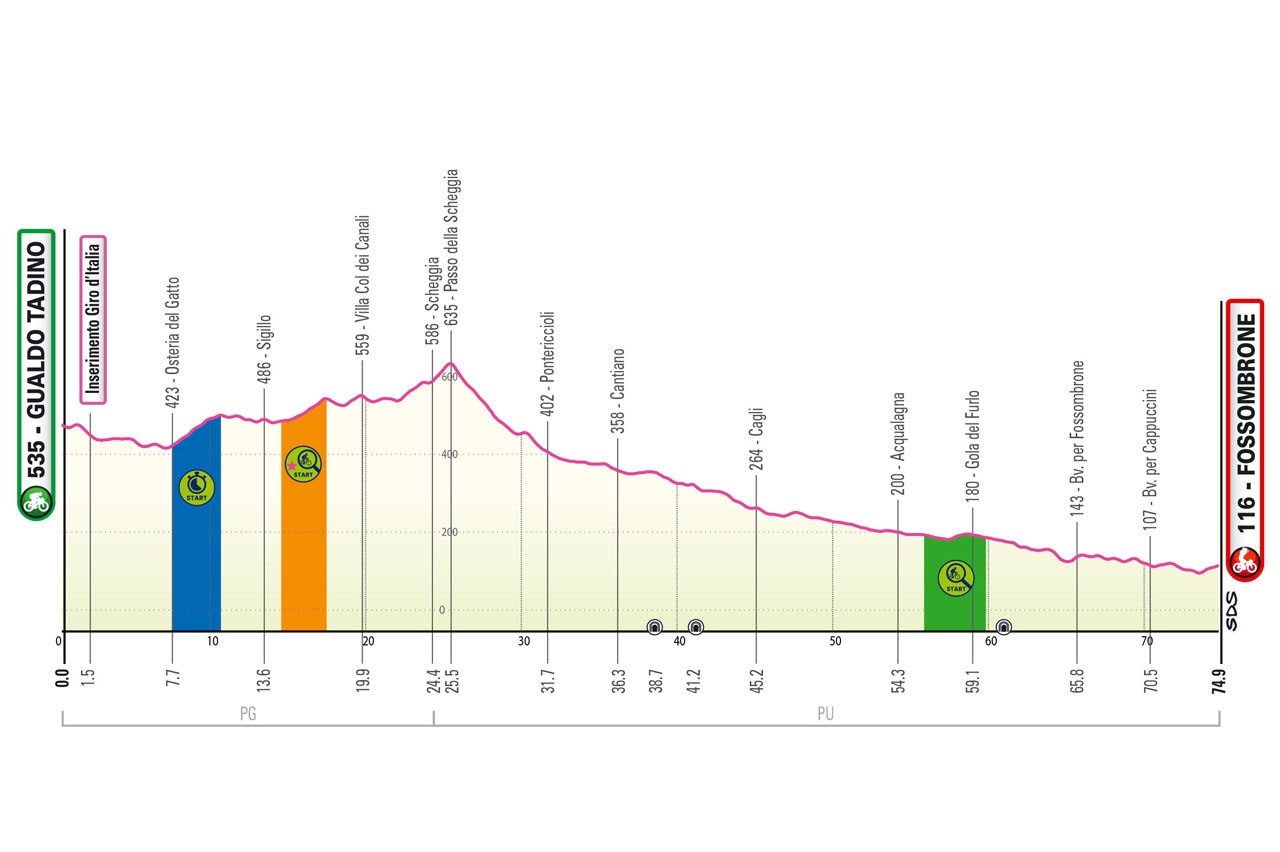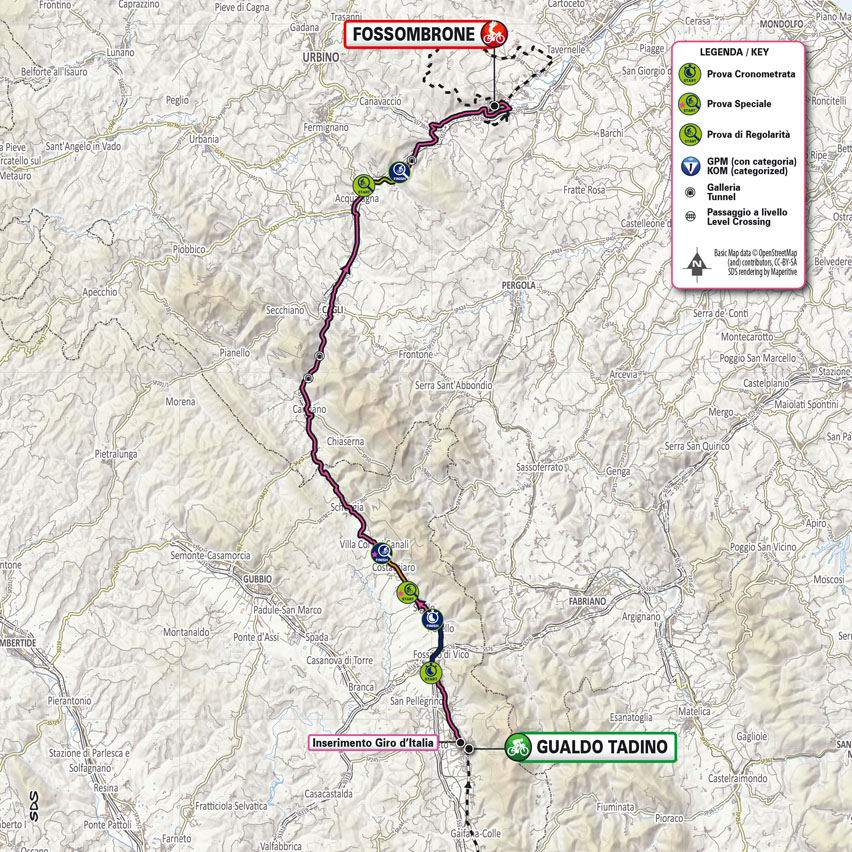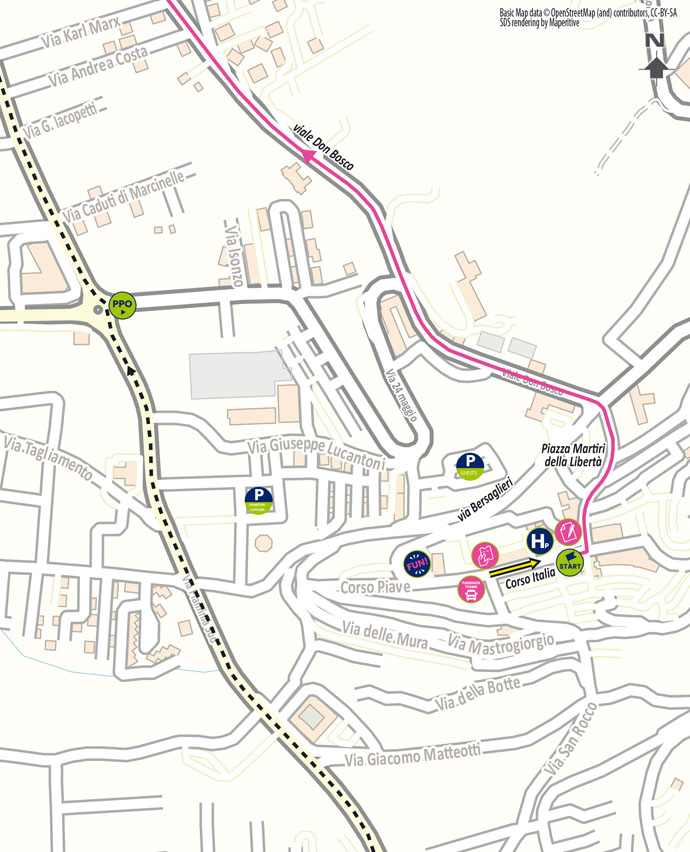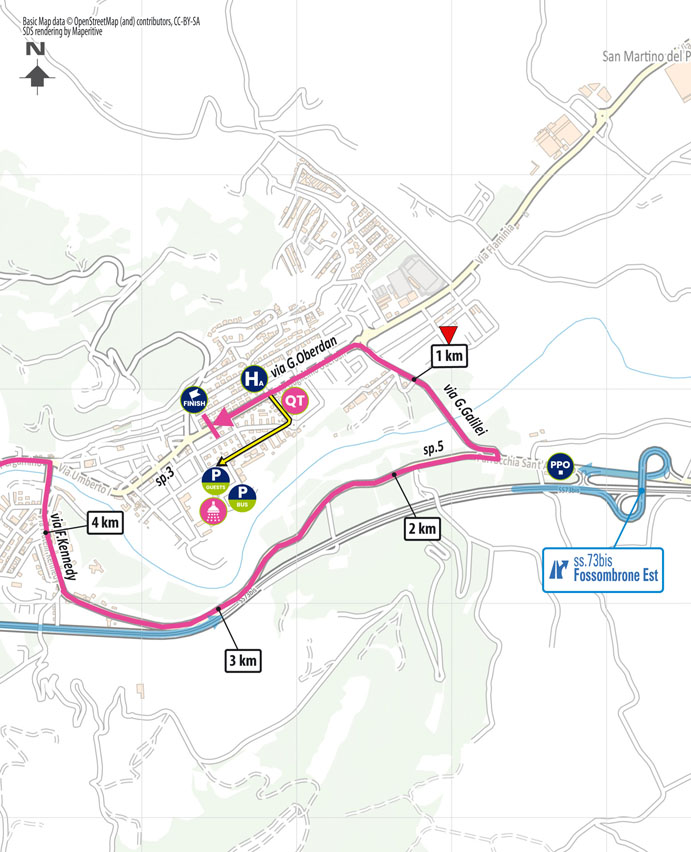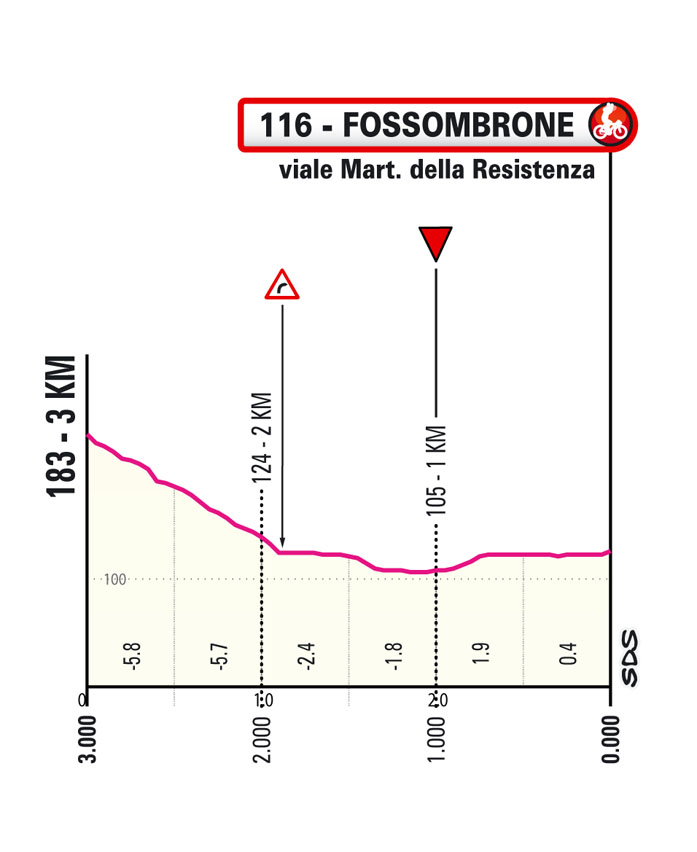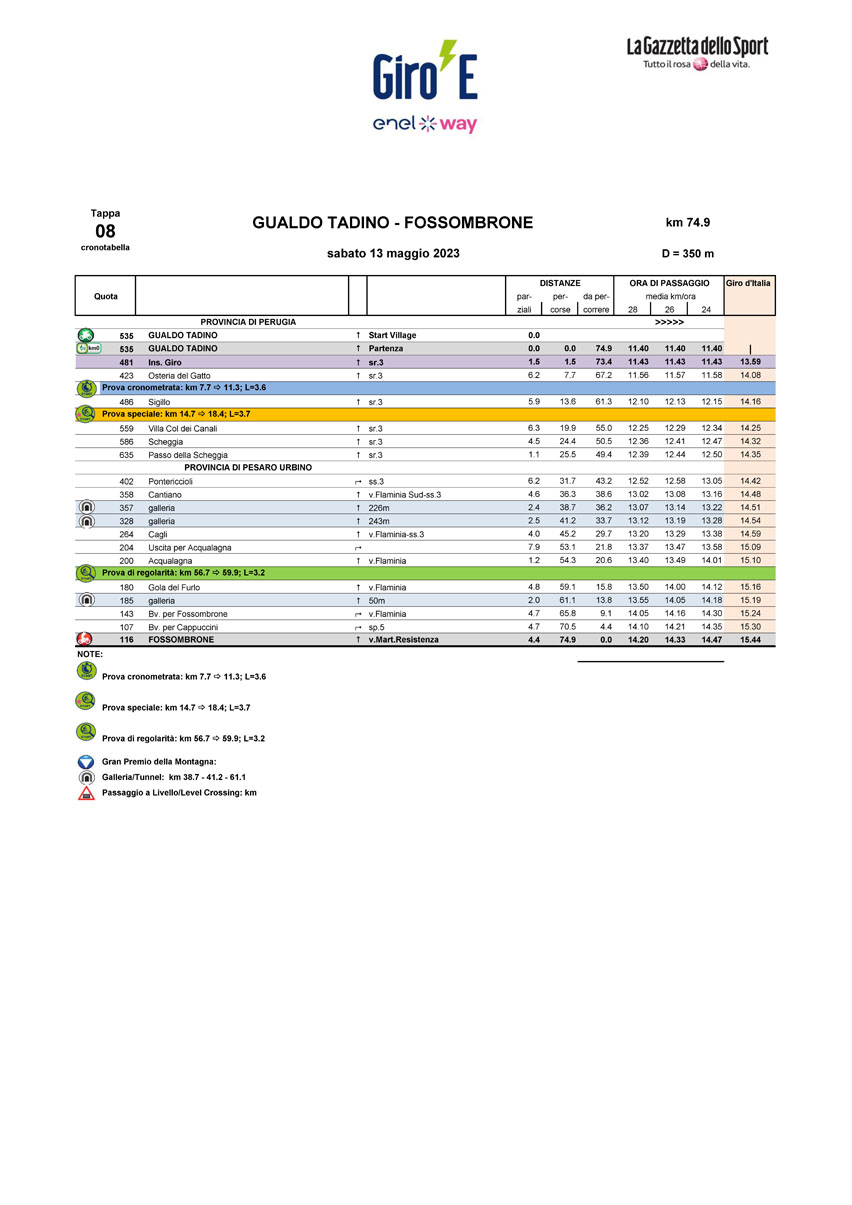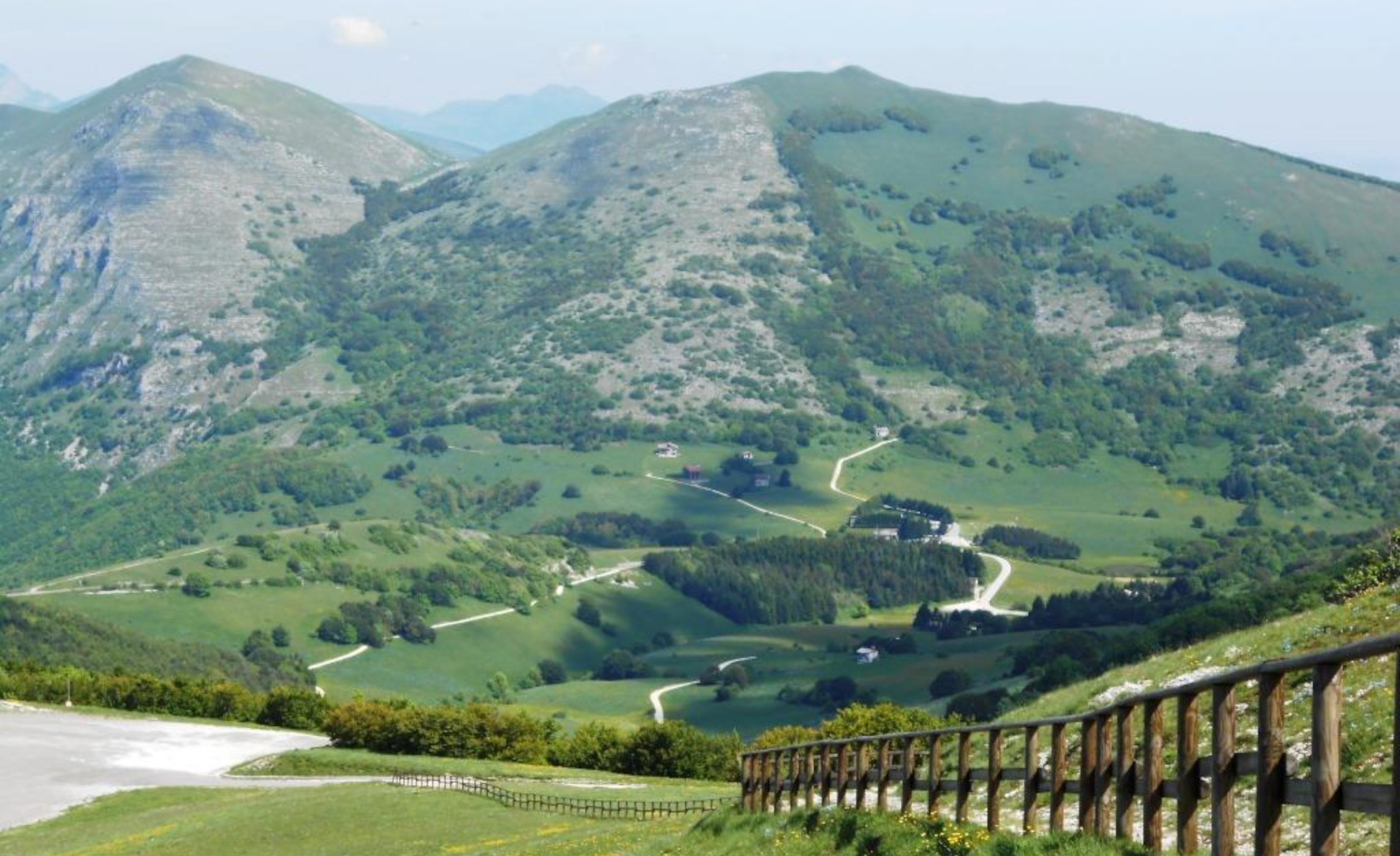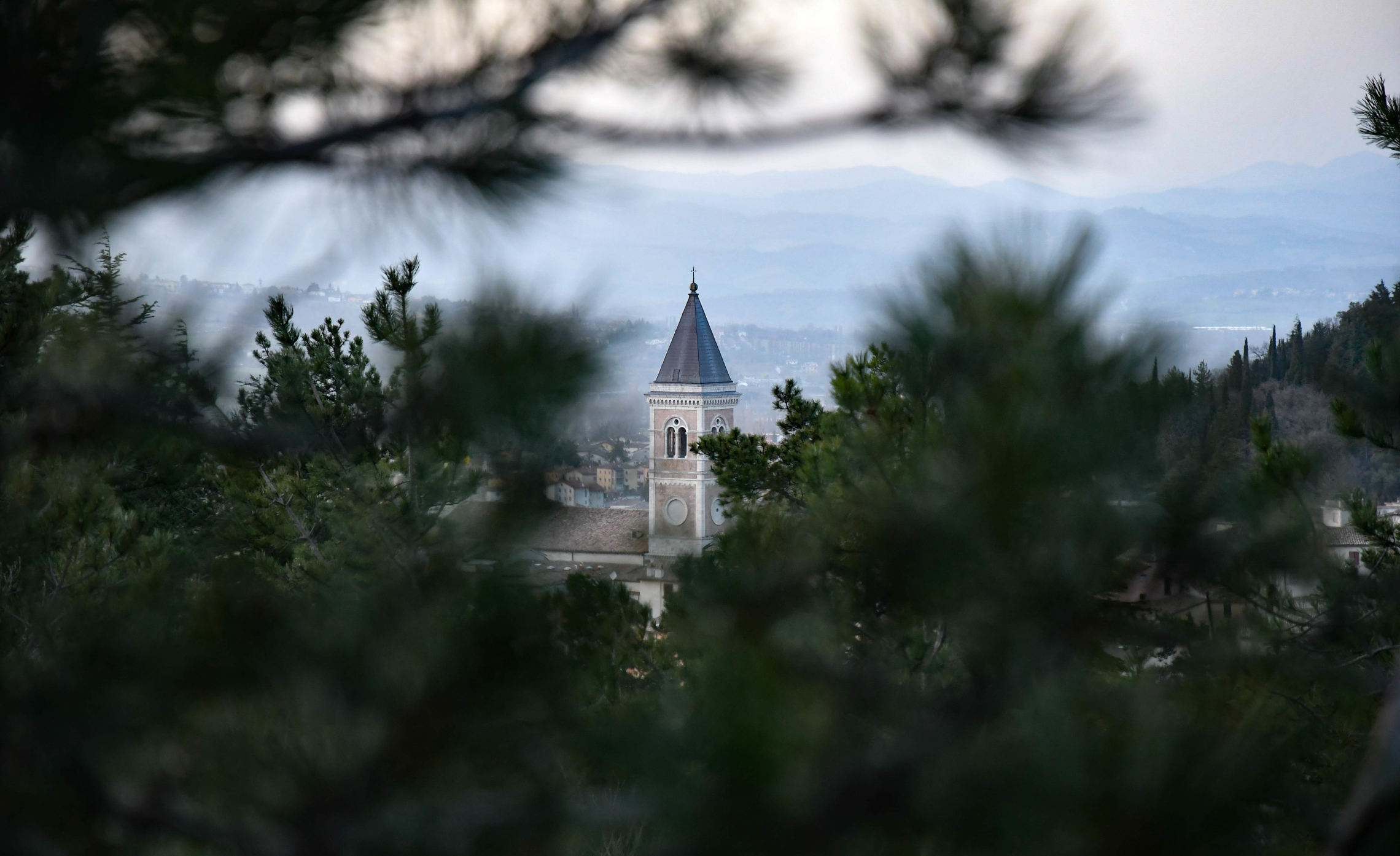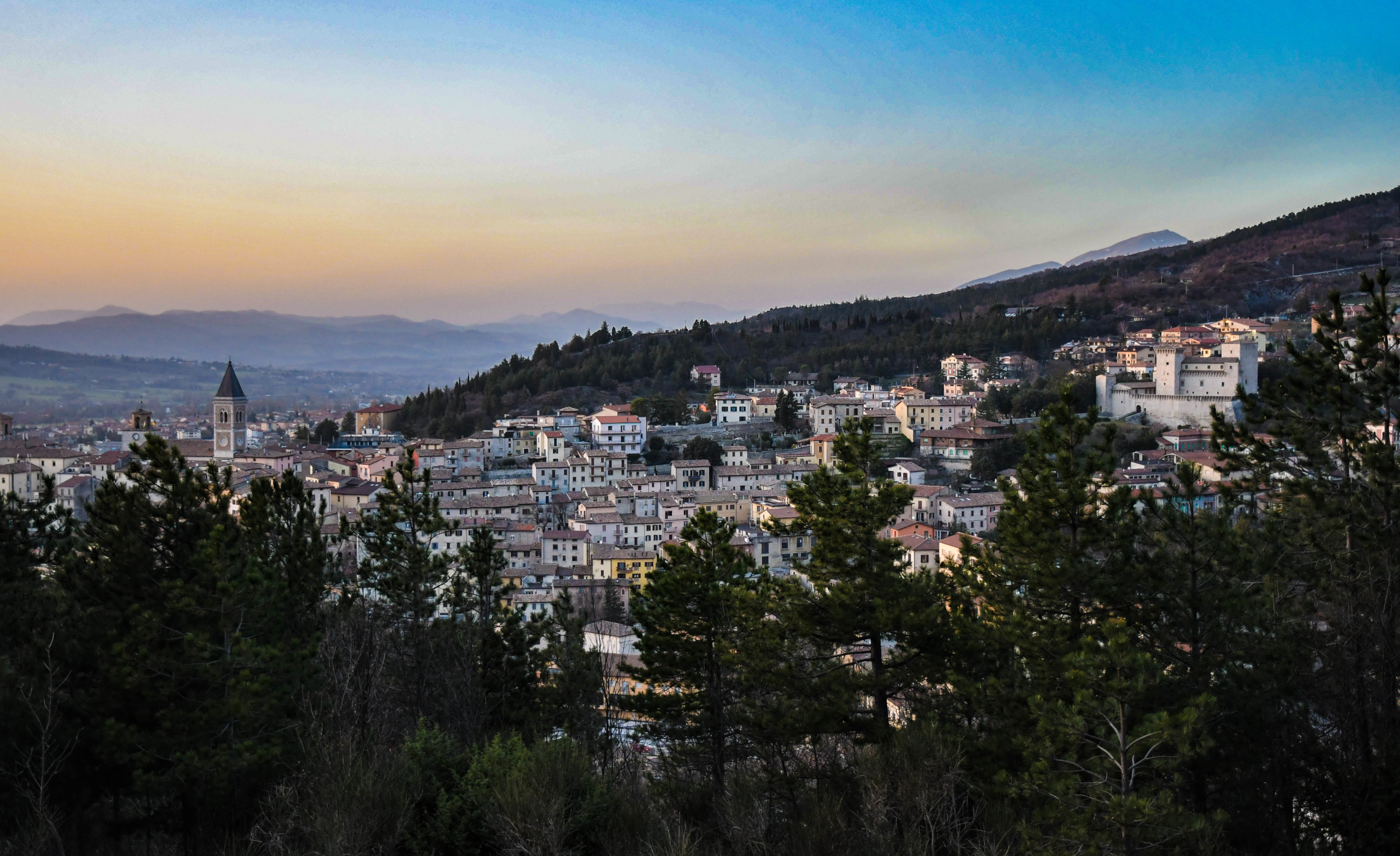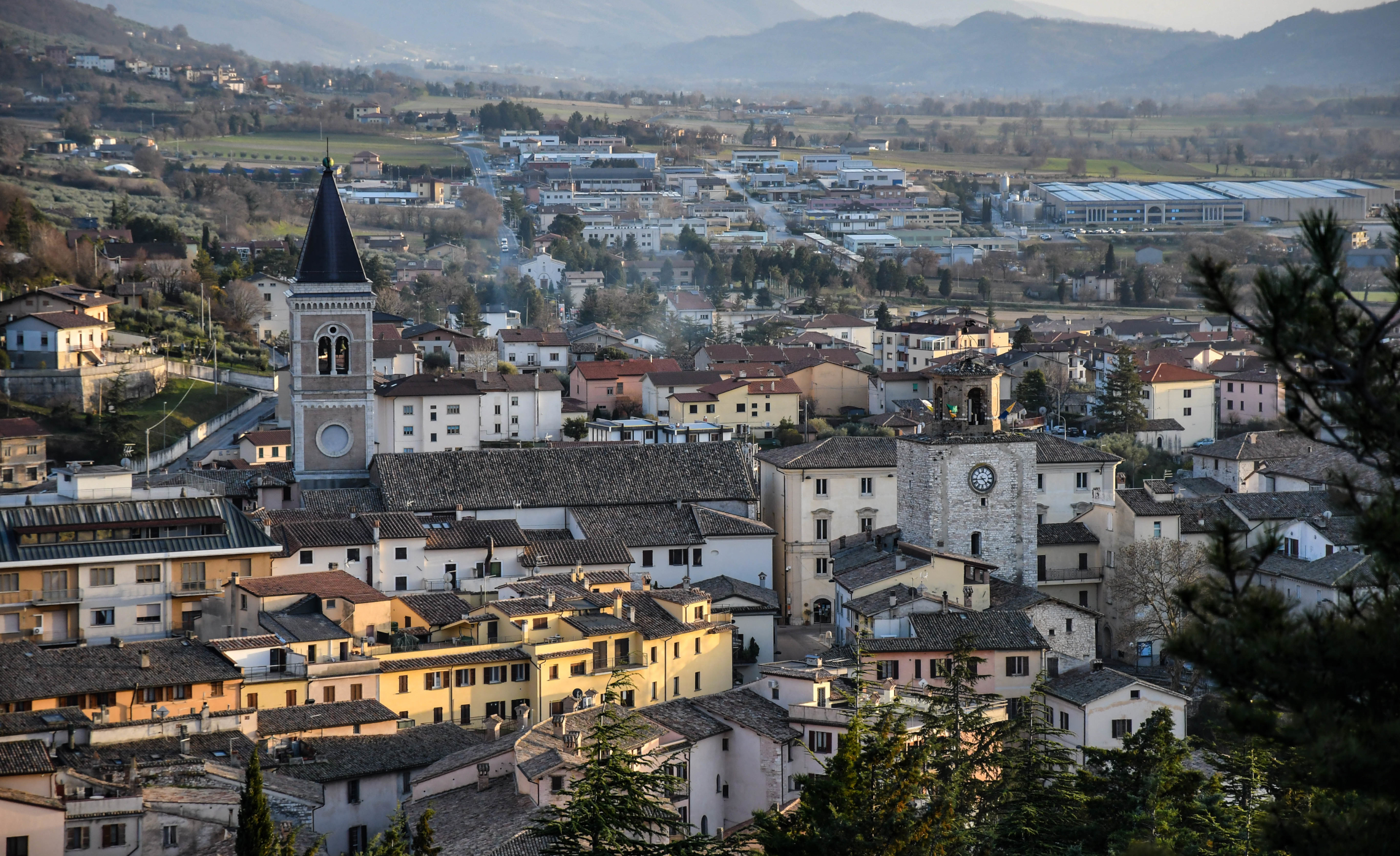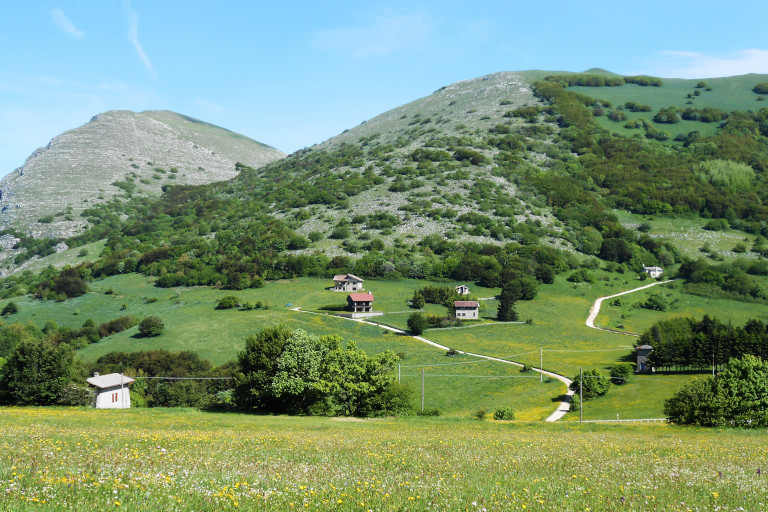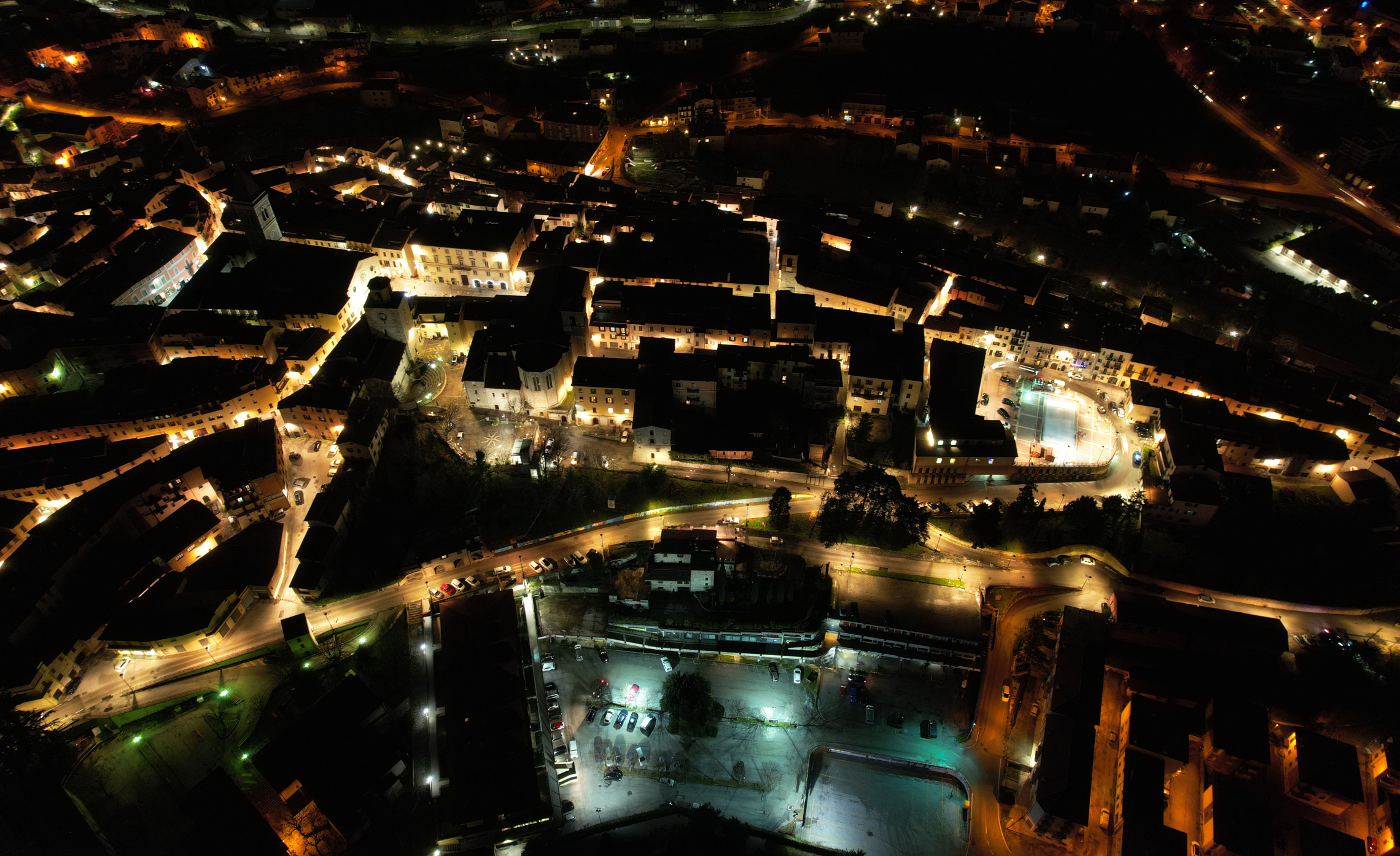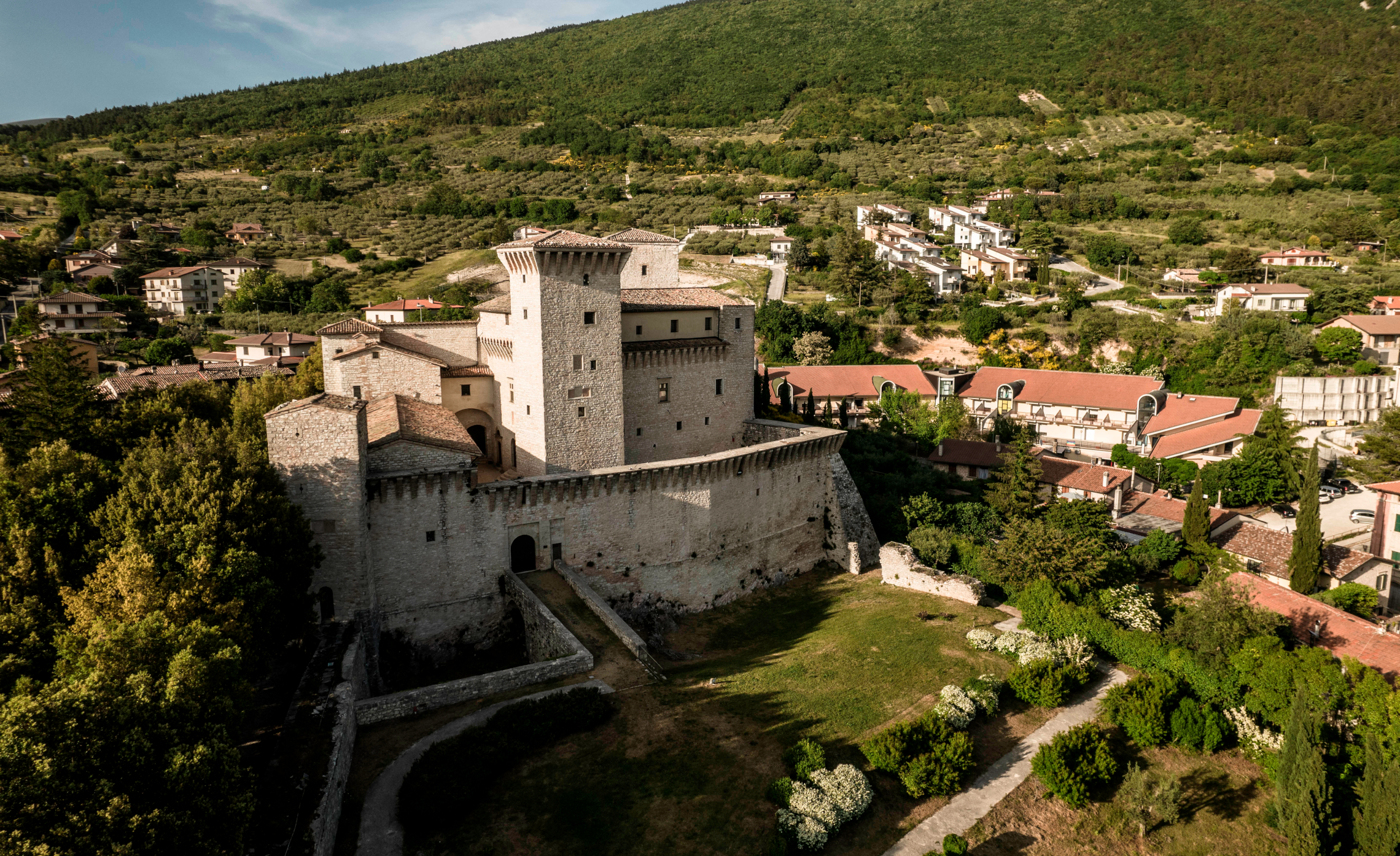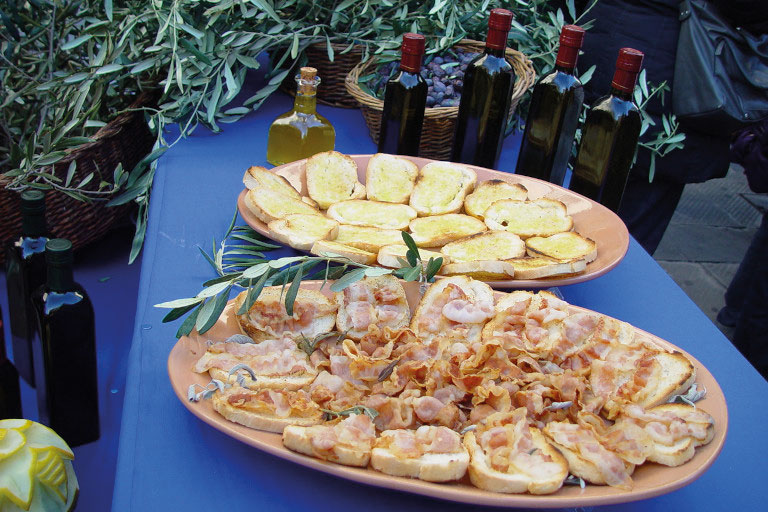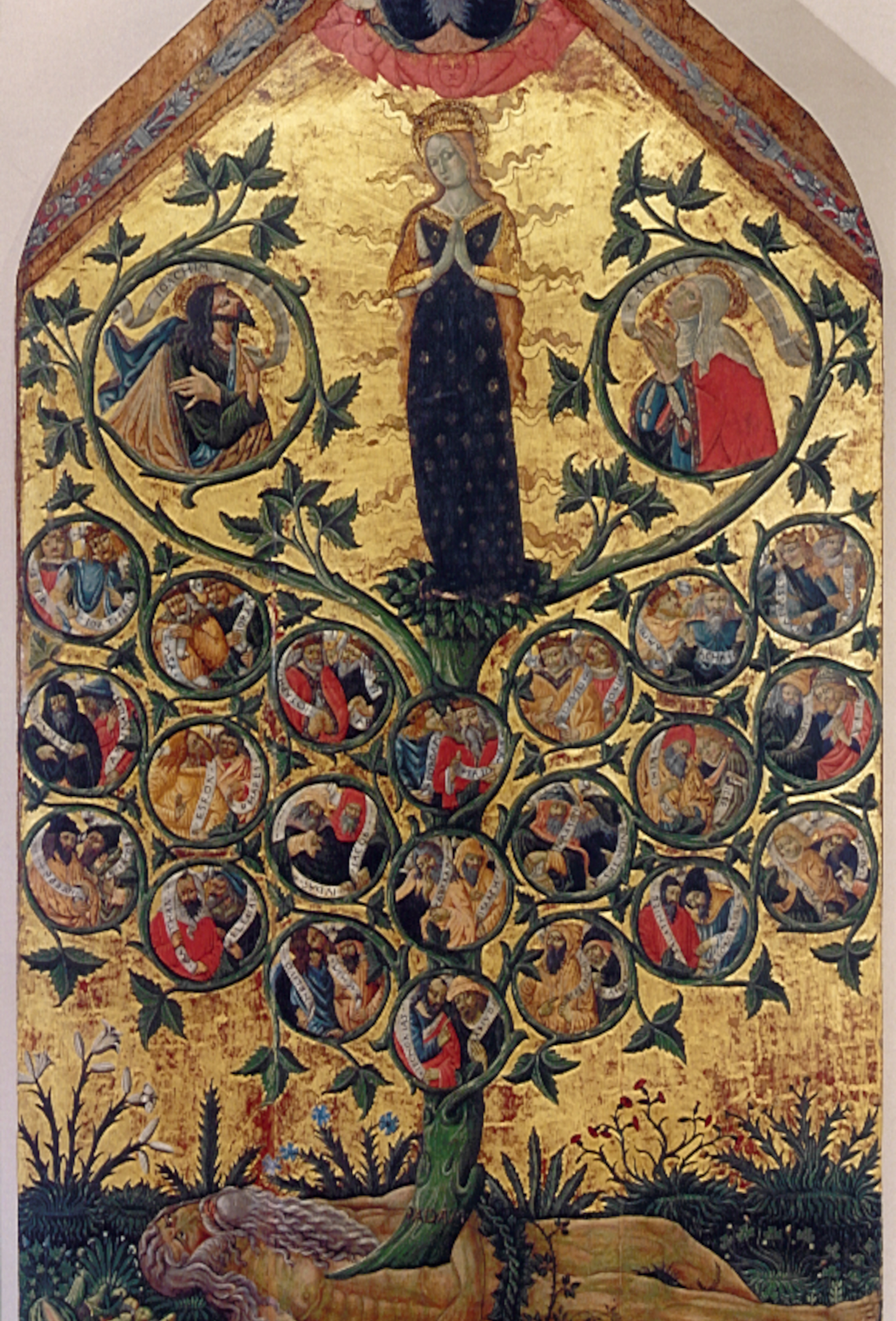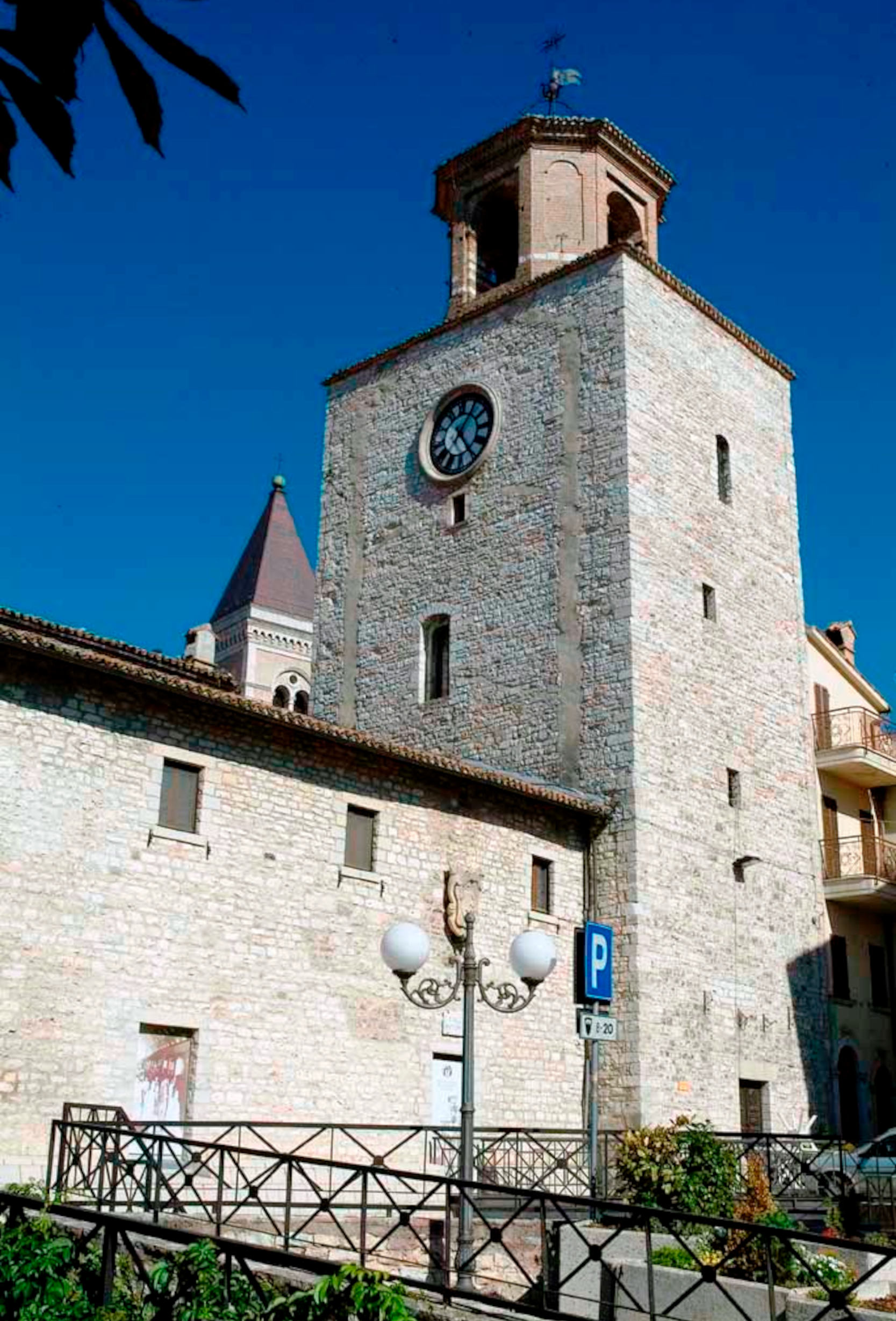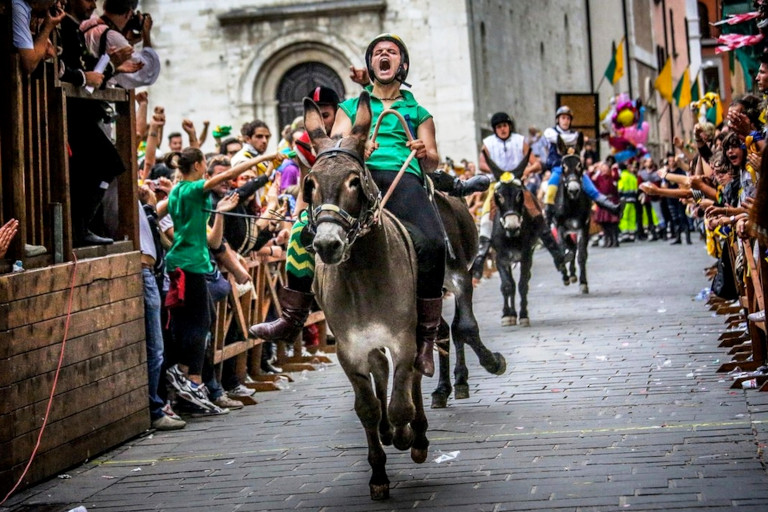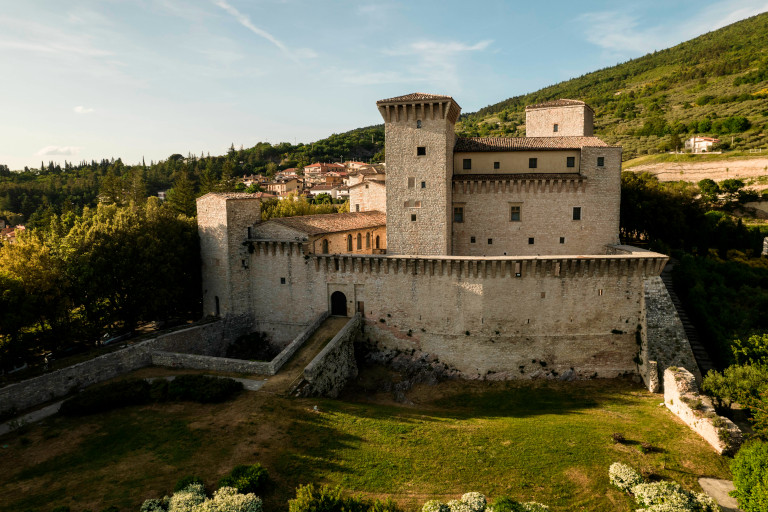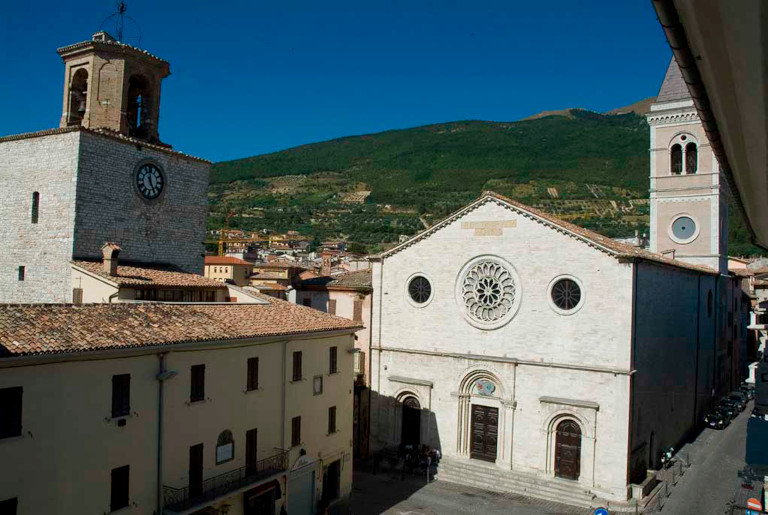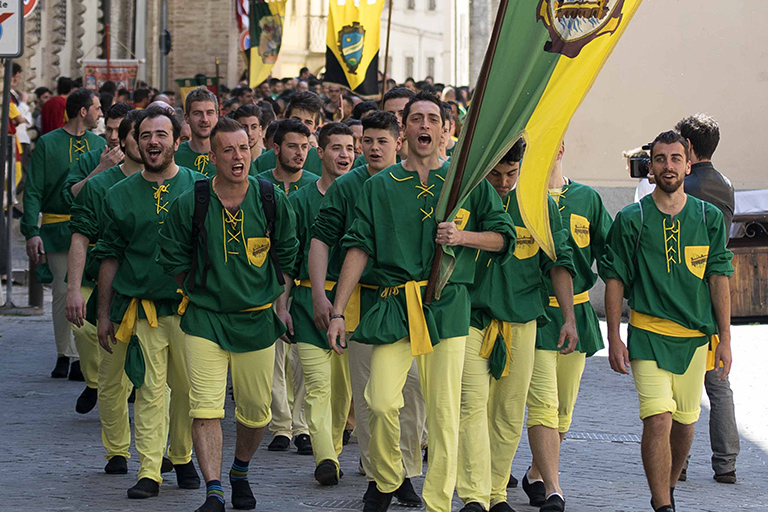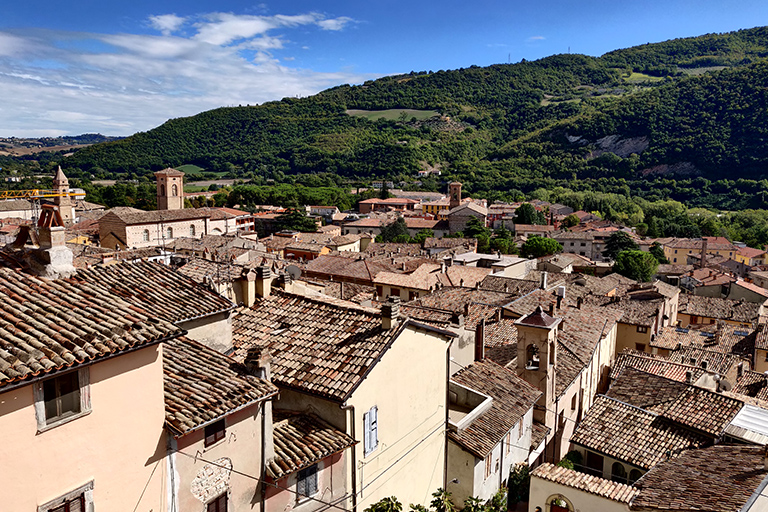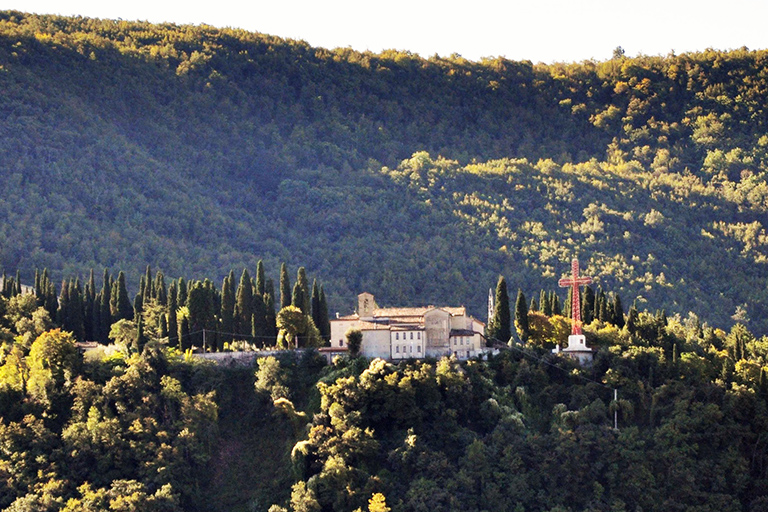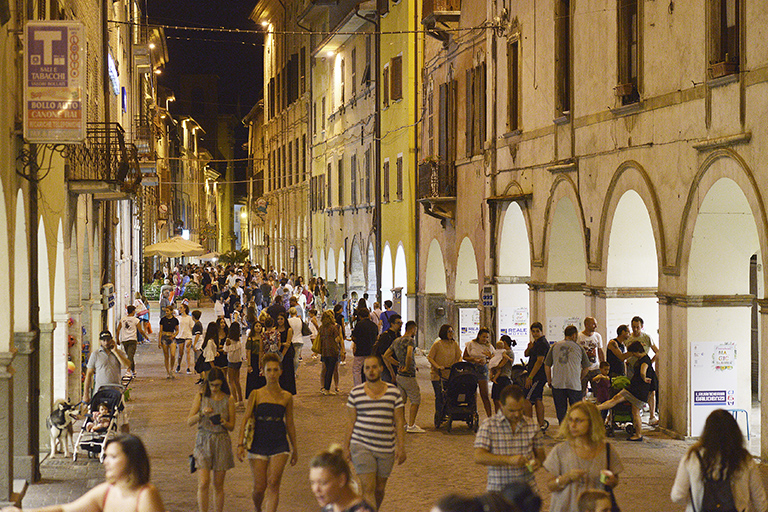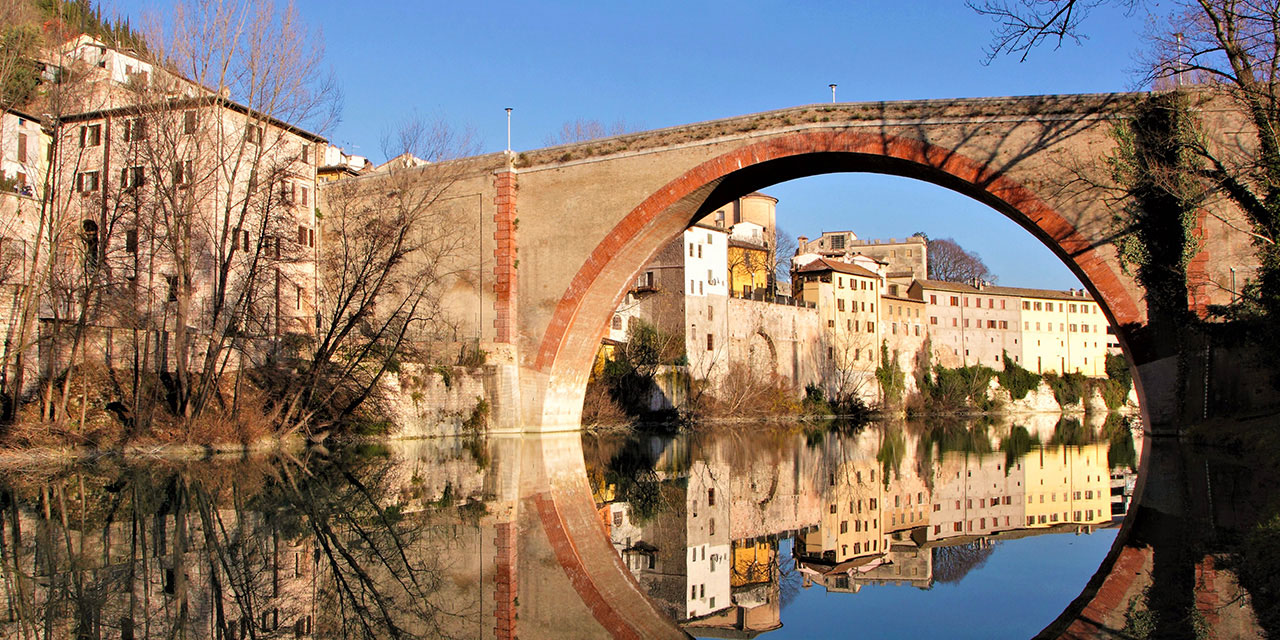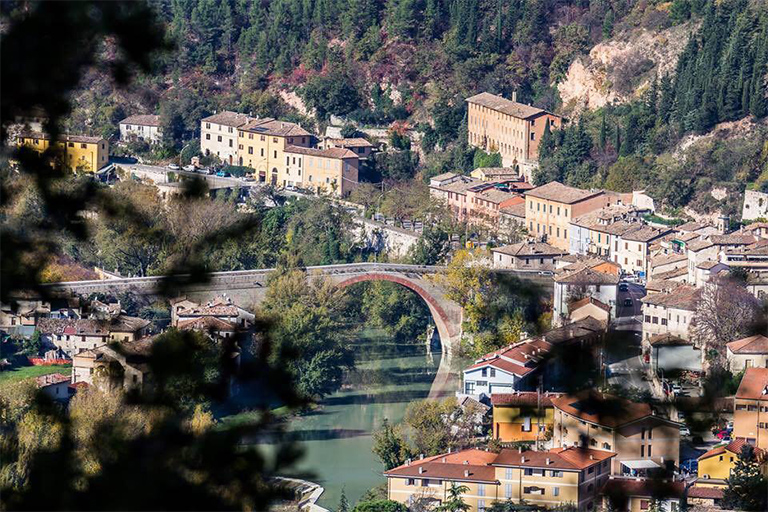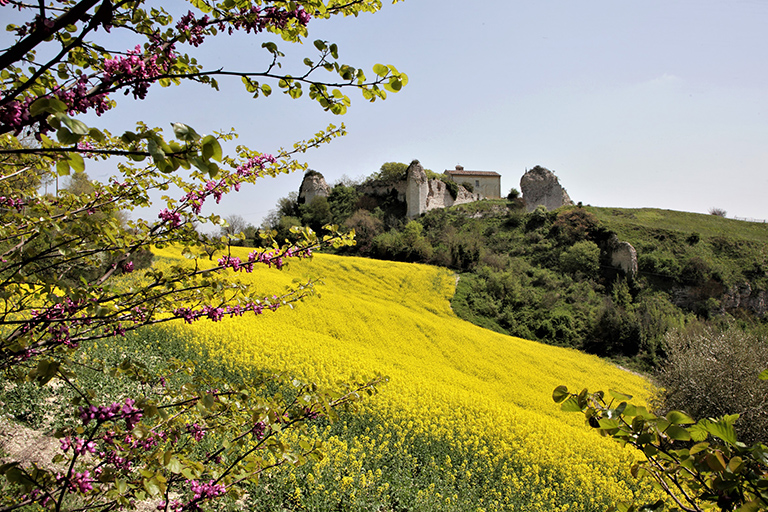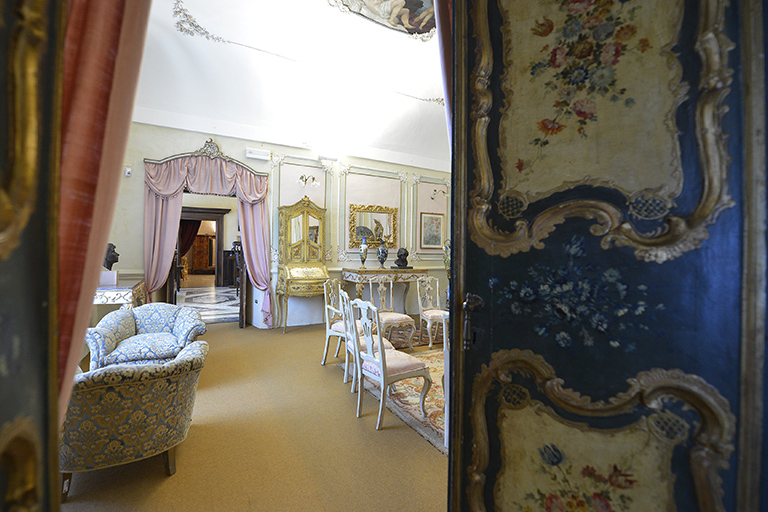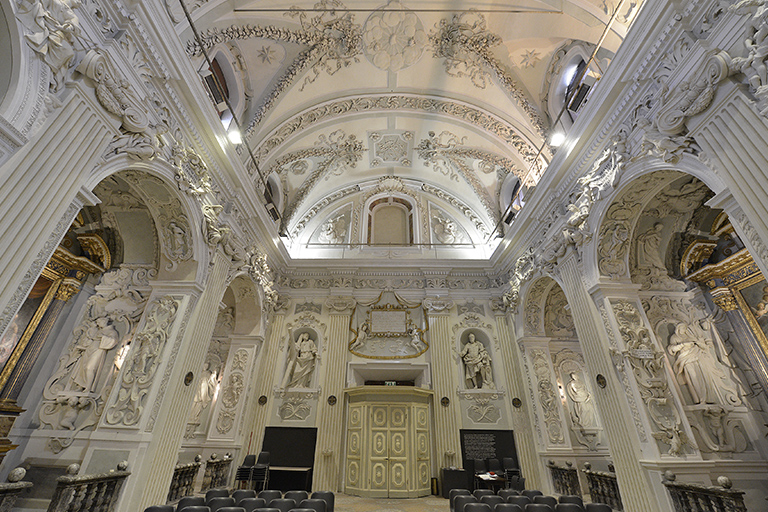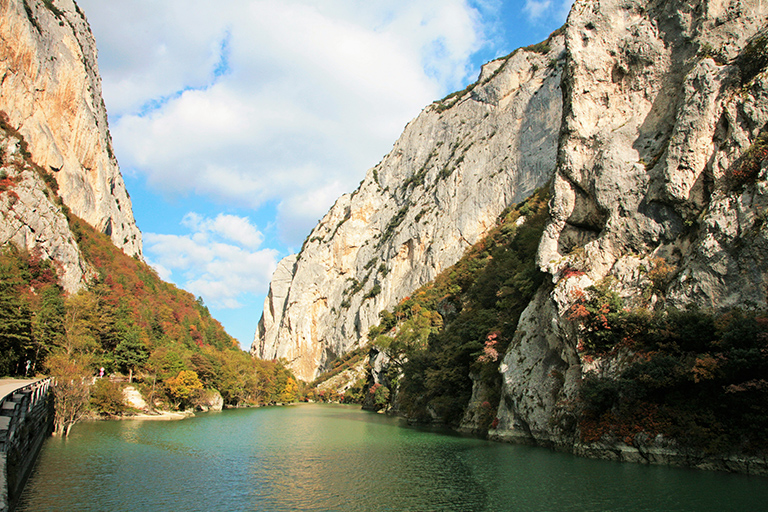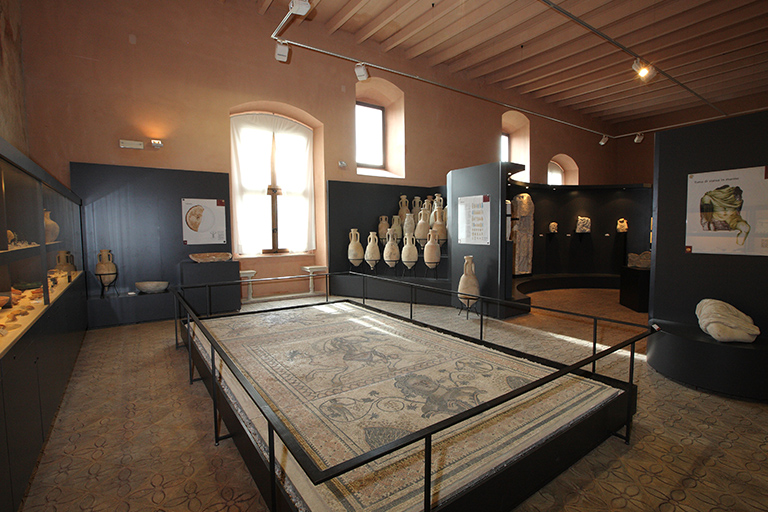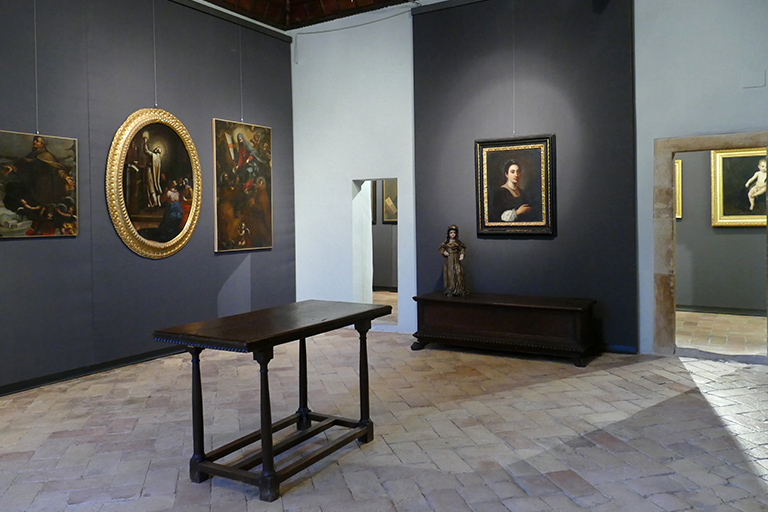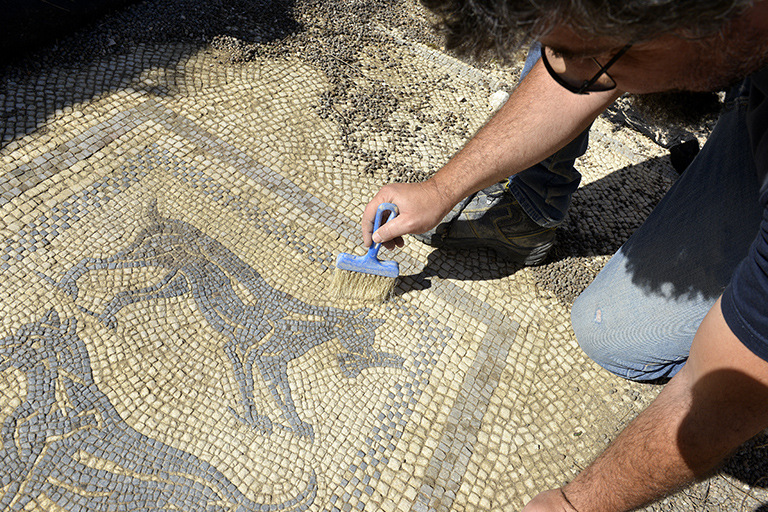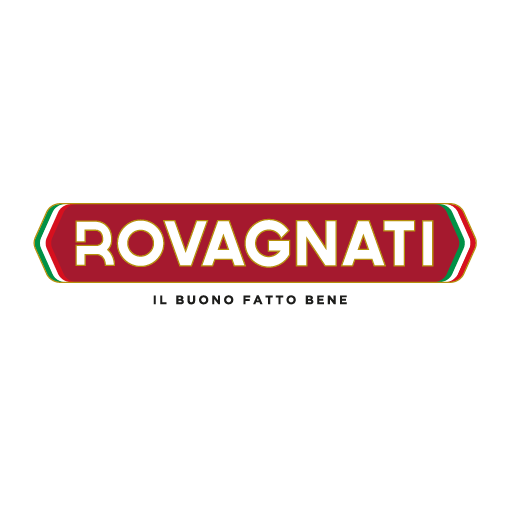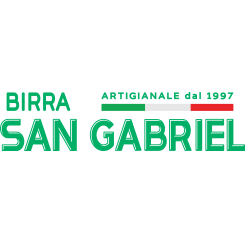profile
map
start / finish
final kilometres
itinerary timetable
tourist info
Host city:
GUALDO TADINO
Touristic Information
Gualdo Tadino ha origini antichissime legate al popolo degli Antichi Umbri. In età romana Tadinum sorse lungo la via Flaminia. Nel 552 fu teatro della battaglia di Tagina. L’attuale città venne fortificata nel 1242 dall’Imperatore Federico II di Svevia. Nel 1833, Papa Gregorio XVI gli concesse il titolo di Città.
Gualdo Tadino è il primo comune dell’Umbria ad aderire alla Rete dei Comuni Sostenibili e, per primo, a farsi monitorare attraverso un report: un impegno reale per l’attuazione a livello locale dei principi e degli obiettivi dell’Agenda 2030.
Gastronomy
Excellent specialties related to pork butchery, extra-virgin olive oil of the Cultivar of Rigali and typical local products, such as truffles, mushrooms, wild asparagus and chestnuts. It deserves to be tasted the crescia with the famous barbozza.
Beverages
Gualdo Tadino is known for the conspicuous presence of springs of oligo-mineral water famous all over the world. It is from this renowned water that in Gualdo Tadino are produced special craft beers that are sold and appreciated in Italy and all over the world.
Point of interest
In addition to the Rocca Flea, the most important monument of the city and seat of the civic museum, there are the church of San Francesco of 1241, the church of San Benedetto (XIII century) with a Romanesque-Gothic façade, the Palazzo del Podestà and the Civic Tower (XIII century). Also worth seeing the beautiful mountain of Serrasanta with Valsorda.
FOSSOMBRONE
Overview
Fossombrone is a beautiful city rich in art, culture and history. It is situated in the middle valley of the river “Metauro”, on the ancient Roman route called “via Flaminia” halfway between the Adriatic Sea and the Apennines. Located on the flat stretch among the “Cesane” mountains, the steep slope of the “Colle dei Cappuccini” and the splendid Gorge of “Furlo”, the city appears like a narrow network of buildings from which the bell towers of the churches and the facades of the noble buildings rise. The important historical events, the richness of art and culture places, the charm of natural environments make FOSSOMBRONE a destination of great interest. A place to discover little by little, to find along the streets or inside the churches and palaces, next to the testimonies of the past or in the heart of a wood, emotions out of the ordinary.
DISCOVERING THE RENAISSANCE TRADITION
In May, you can relive the Renaissance period by celebrating the Trionfo del Carnevale Storico (“Triumph of the Historic Carnival”). The historical centre of Fossombrone livens up thanks to the walk-on actors in Renaissance clothing. Competitions among the contrade (“districts”) follow one after another during the days of the event to win the Palio del Cardinale (“Cardinal’s Prize”). In the streets of the historical centre you can enjoy your dinner in taverns with typical Renaissance style menus. An experience not to be missed!
Food
The Truffle Festival in Fossombrone has been celebrating the Bianchetto (“white”) truffle for over 35 years, a DOP product of the Marche Region. In March the Tuber Albidum Pico is the star of the menu; it comes from a land rich in nature, gastronomic specialities and an outstanding artistic and cultural heritage. The Festival gives you the chance to taste the Bianchetto truffle in the numerous stands along the historic Corso Garibaldi and in the restaurants of the town.
Points of Interest
CHURCH OF SAN FILIPPO
The Church of San Filippo, a splendid example of Baroque architecture, was erected between 1608 and 1613 to celebrate the birth of the last Duke of Urbino, Federico Ubaldo della Rovere. In 1614 the Church was entrusted to the religious order of Padri Filippini. Thanks to them, over the years, the internal of the church was expanded and adorned by a rich decoration of stuccoworks partly referring to Tommaso Amantini and his workshop from Urbania. Many important altarpieces adorn the church together with worthy paintings of Francesco Guerrieri from Fossombrone.
CESARINI QUADRERIA MUSEUM HOUSE
The house-museum is made up of two adjoining buildings, whose construction dates back to the 16th century. Partially restored in 1685, it was later renovated in 1940 by the owner, the notary Giuseppe Cesarini (1896-1977), who made it a place to display the works of his art collection. The rigorously original furnishings create the atmosphere of a wealthy and well-educated family. The home is witness of a taste and a period which are still present in the beautiful rooms where the notary lived with his charming wife Maria Craveri.
ARCHAEOLOGICAL MUSEUM
The materials, all locally sourced, document the succession of the various human settlements in the middle valley of Metauro from prehistory to the end of the Roman age. The museum also contains a rich documentation of the “Piceni” civilization, which was present locally from 9th century BC until the period of the Romanization which occurred in the III century BC.
CIVIC ART GALLERY
The ducal Palace called “Corte Alta”, built by the Dukes of Montefeltro and Della Rovere in the 15th century, today houses the Civic Art Gallery established in 1901 by Monsignor Augusto Vernarecci. The valuable collection of paintings – going from from 16th century up to the end of 19th century – is composed by the donations of the family Rocchi Camerata Passionei and other legacies as well as paintings coming from closed churches and convents in Fossombrone. Among the noteworthy painters: Francesco Guerrieri from Fossombrone (1589 -1657).
ARCHAEOLOGICAL SITE FORUM SEMPRONII
The remains of the Roman city “Forum Sempronii” are located about 2 kms northeast of the current Fossombrone in the area of “San Martino del Piano”. Forum Sempronii, born along the “via Flaminia”, started from 220 BC, is the main link between Rome and the Po Valley on the Adriatic side. To date, important remains of private and public buildings have been brought to light as well as stretches of road paving in which limestone – from the nearby Furlo – was used.


